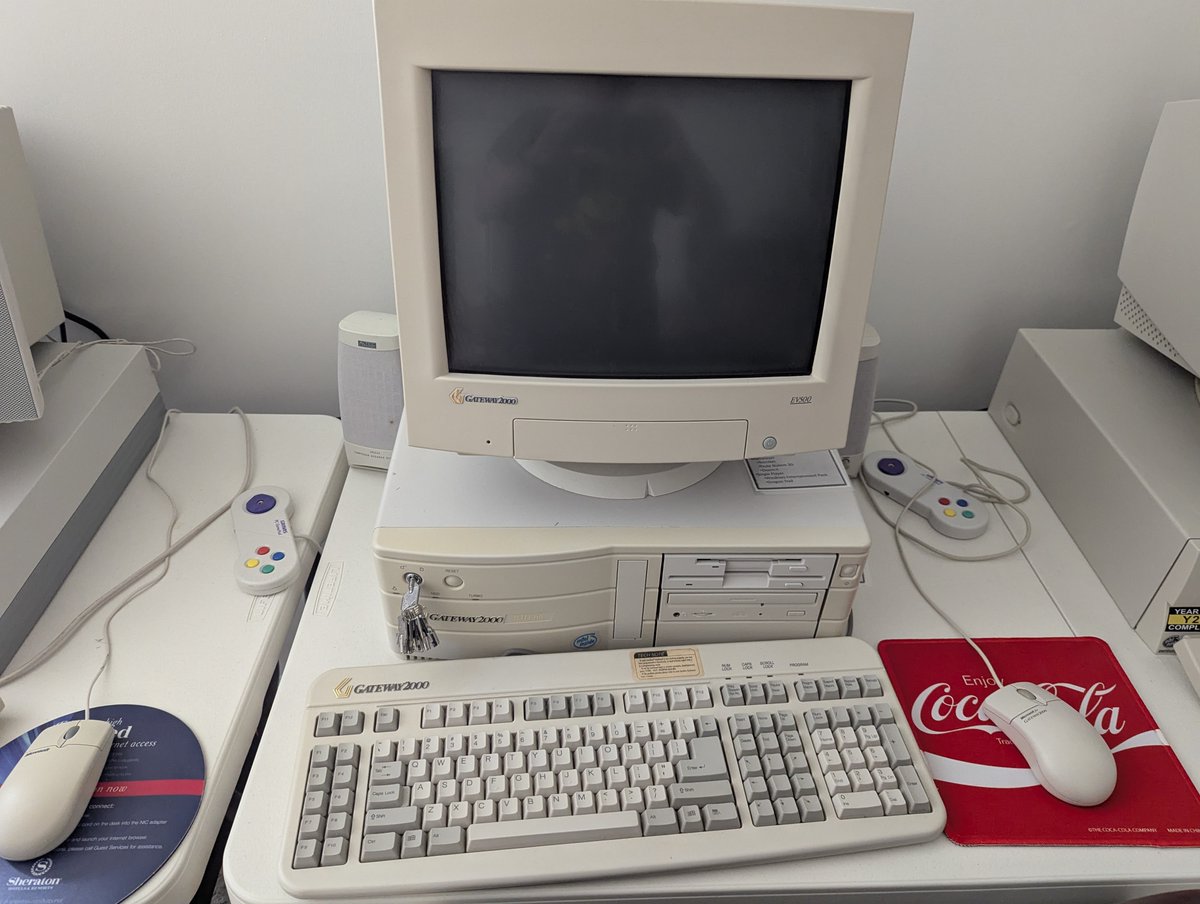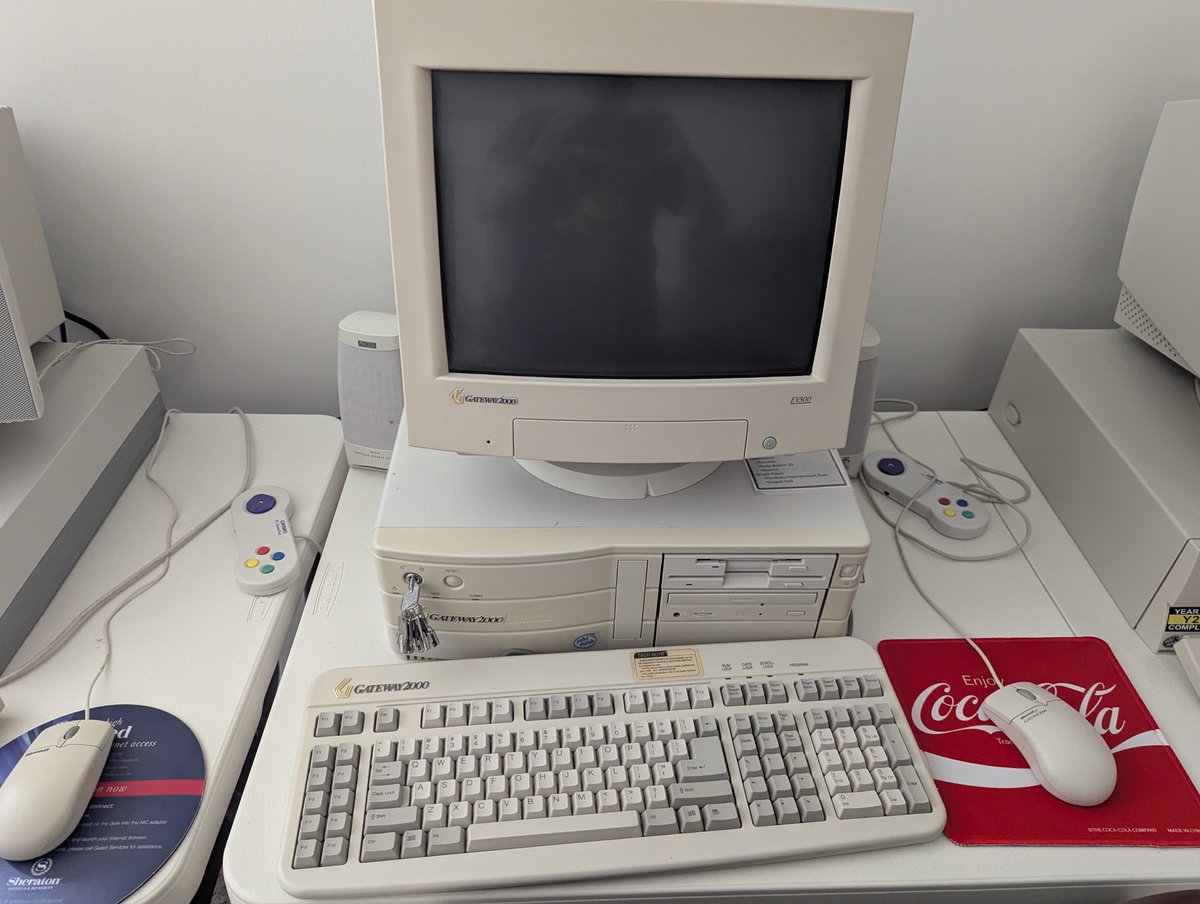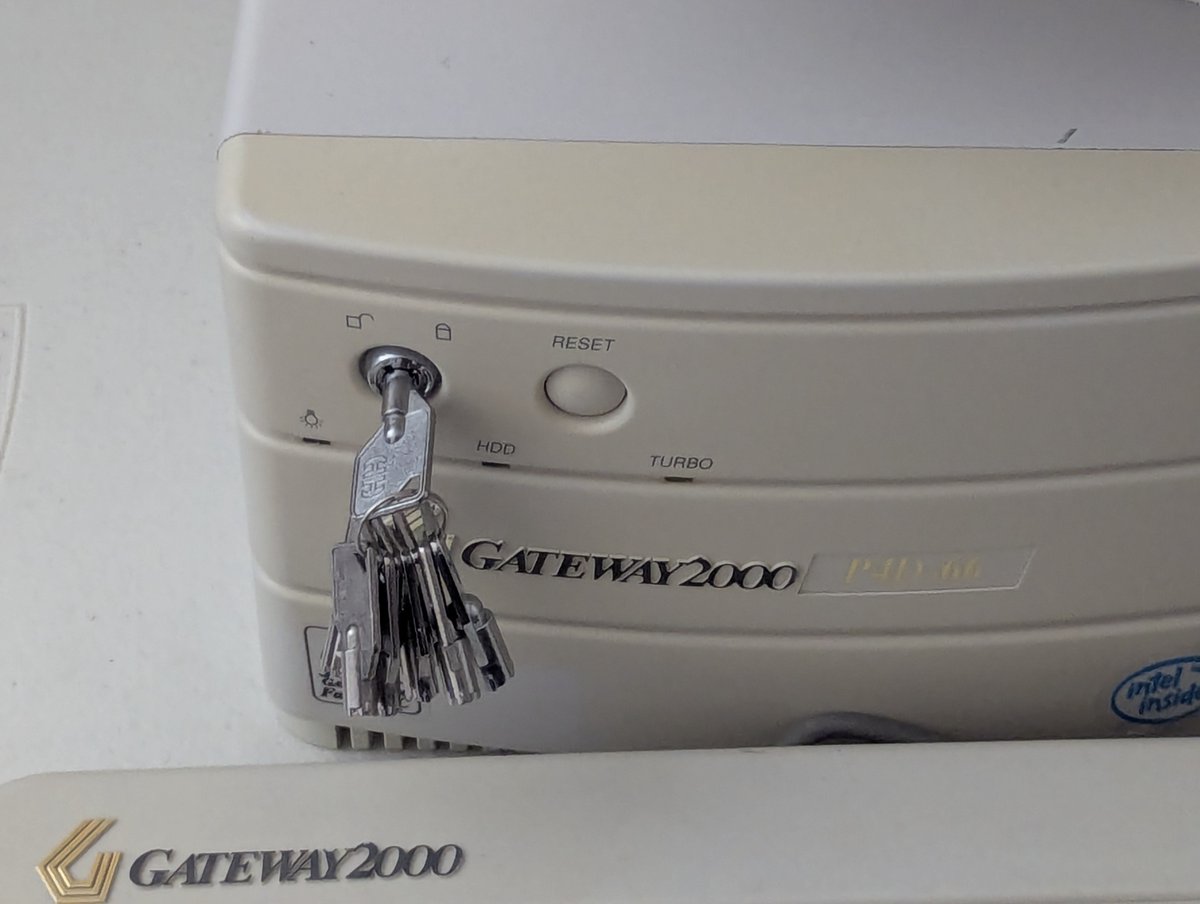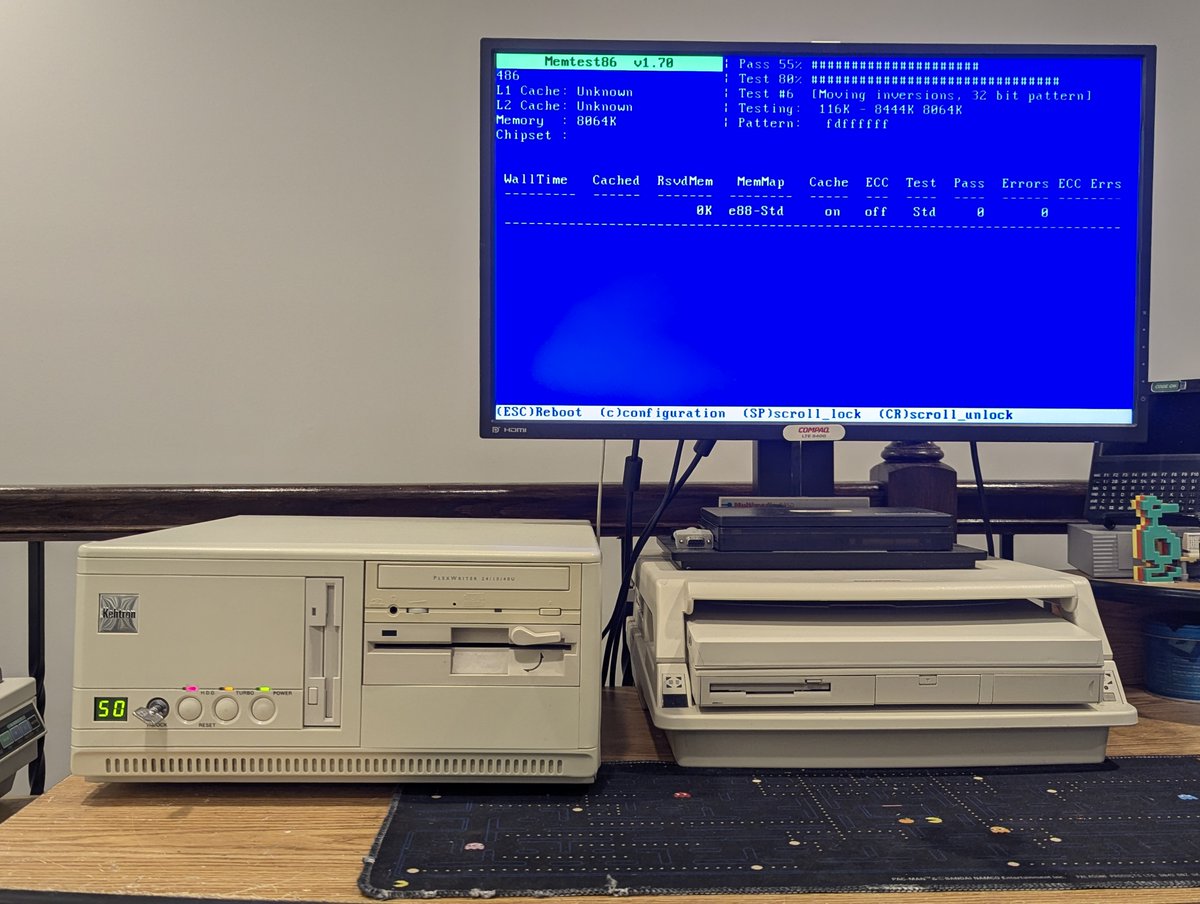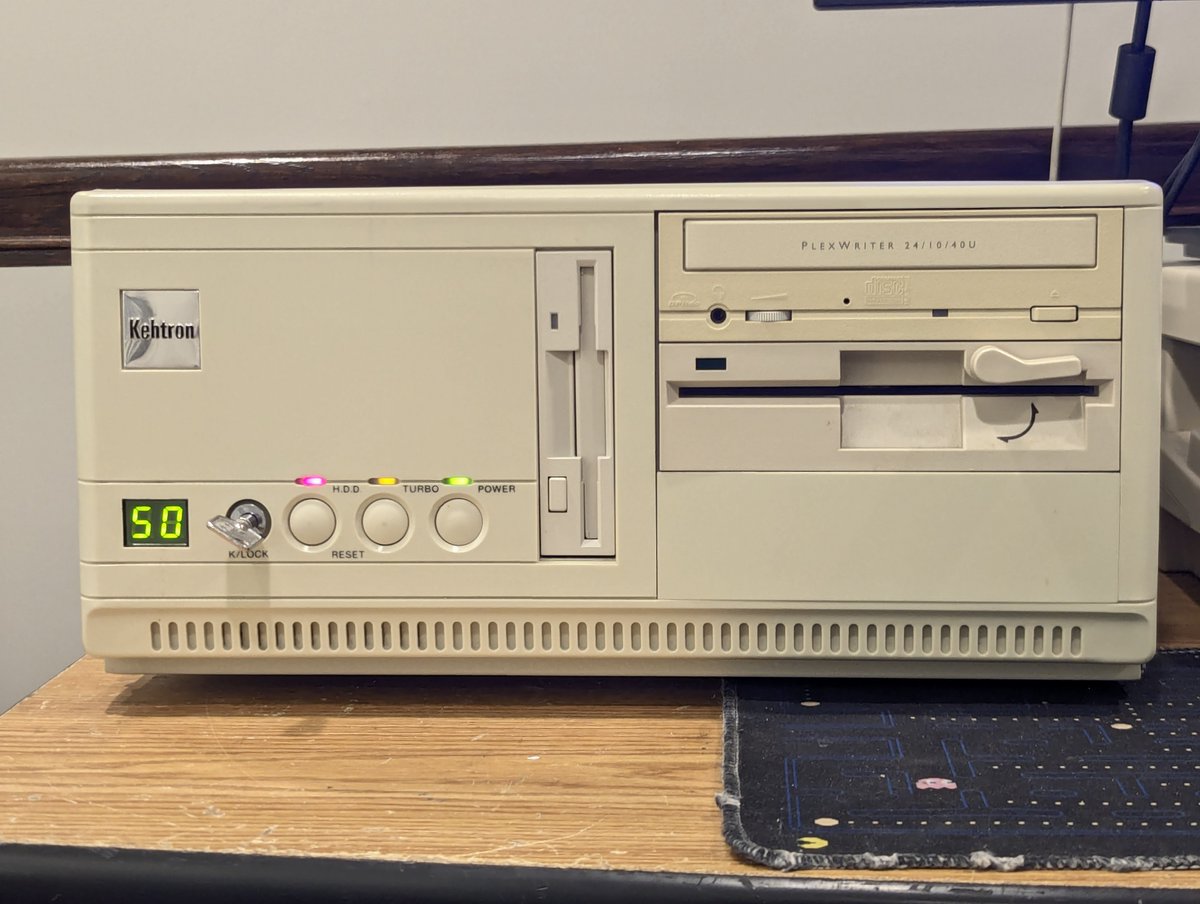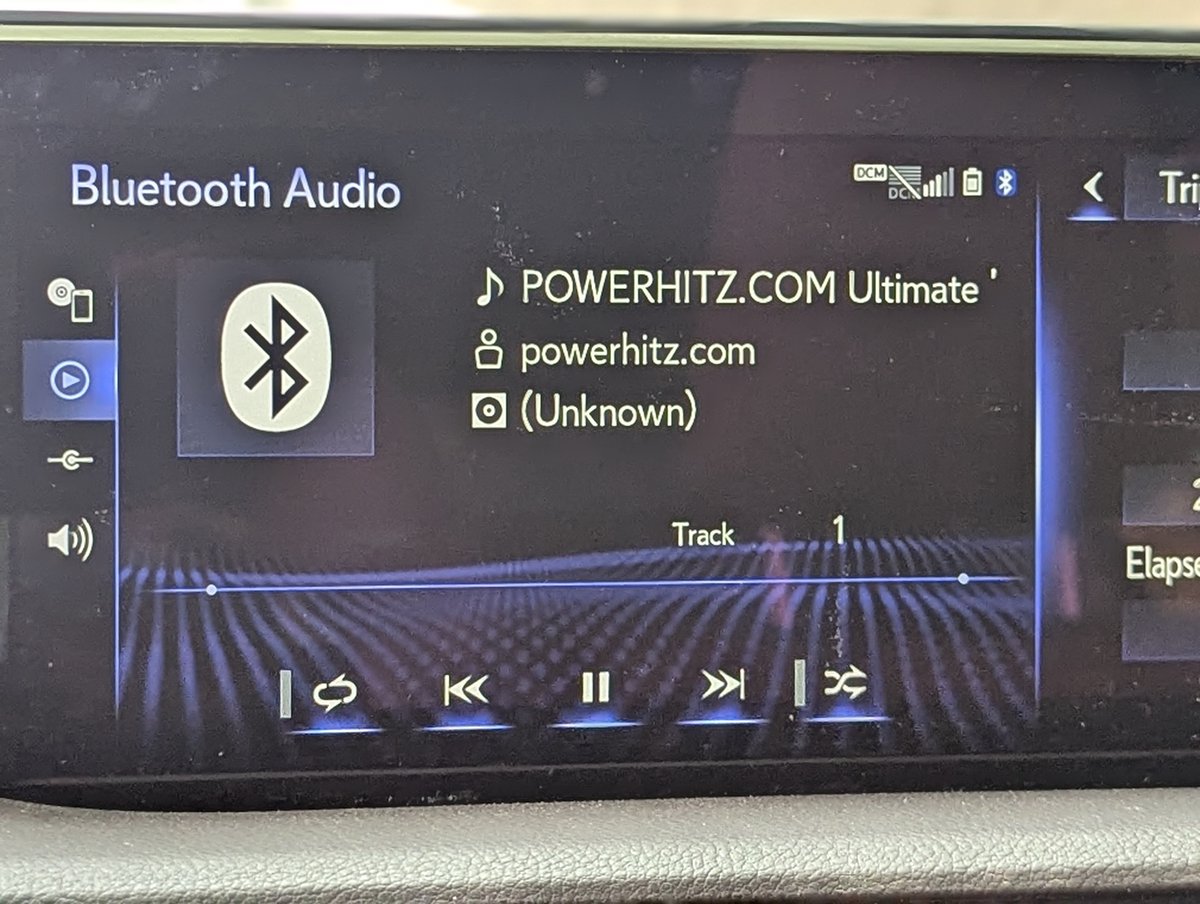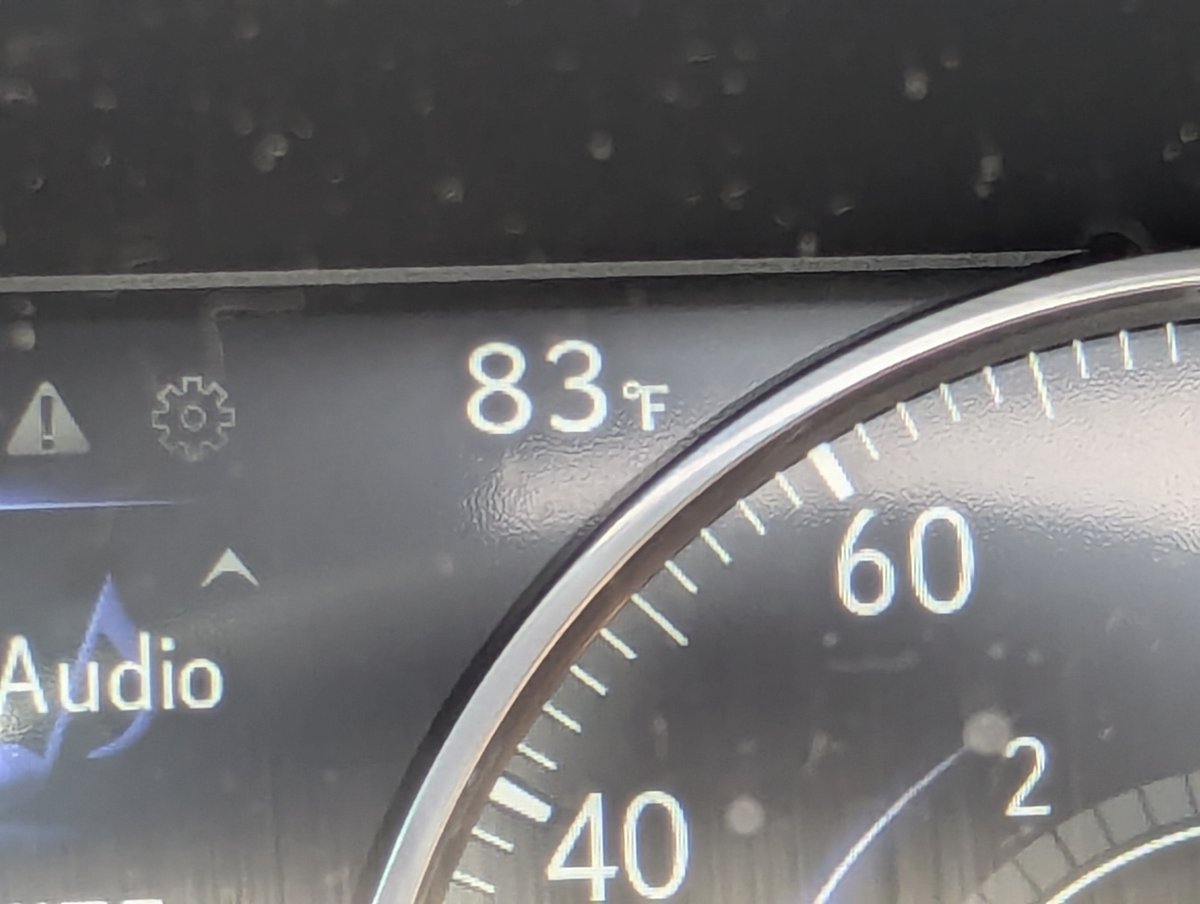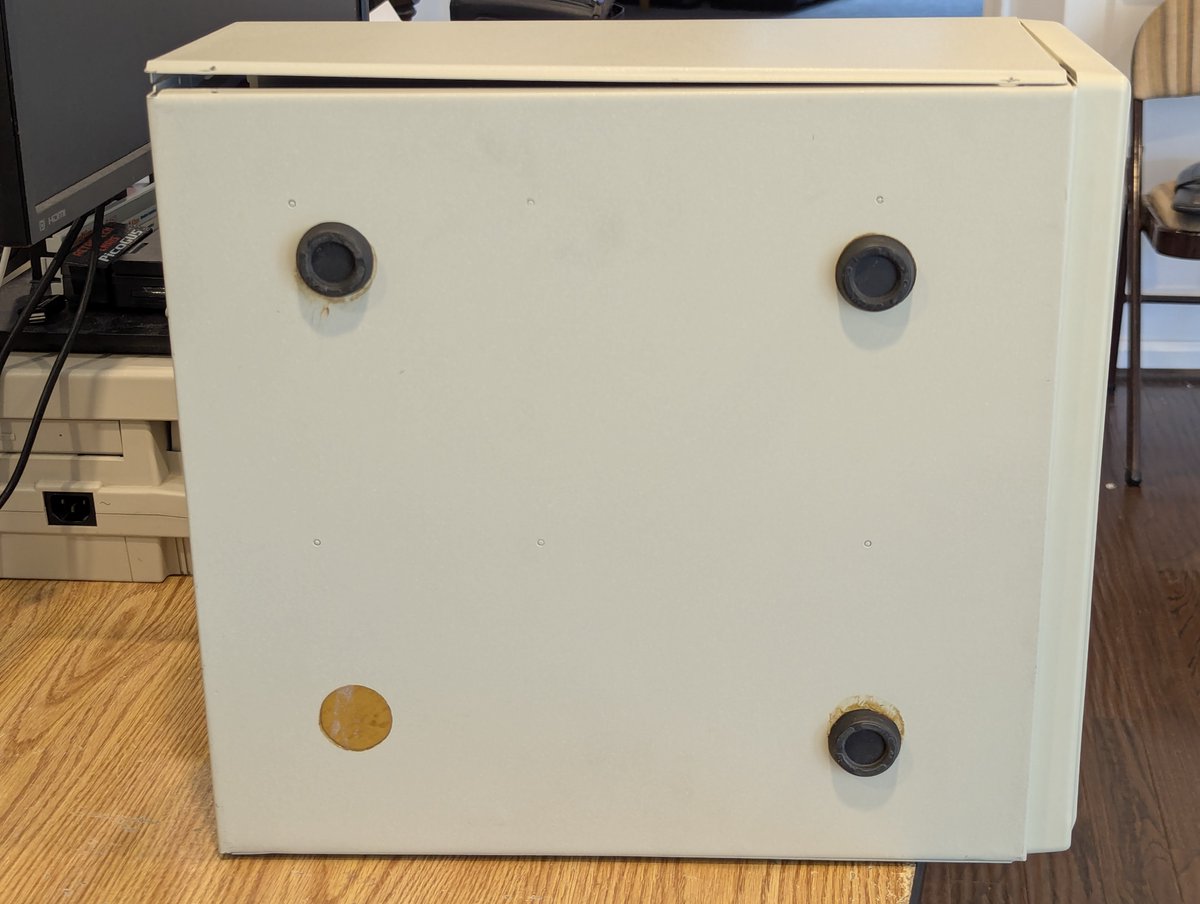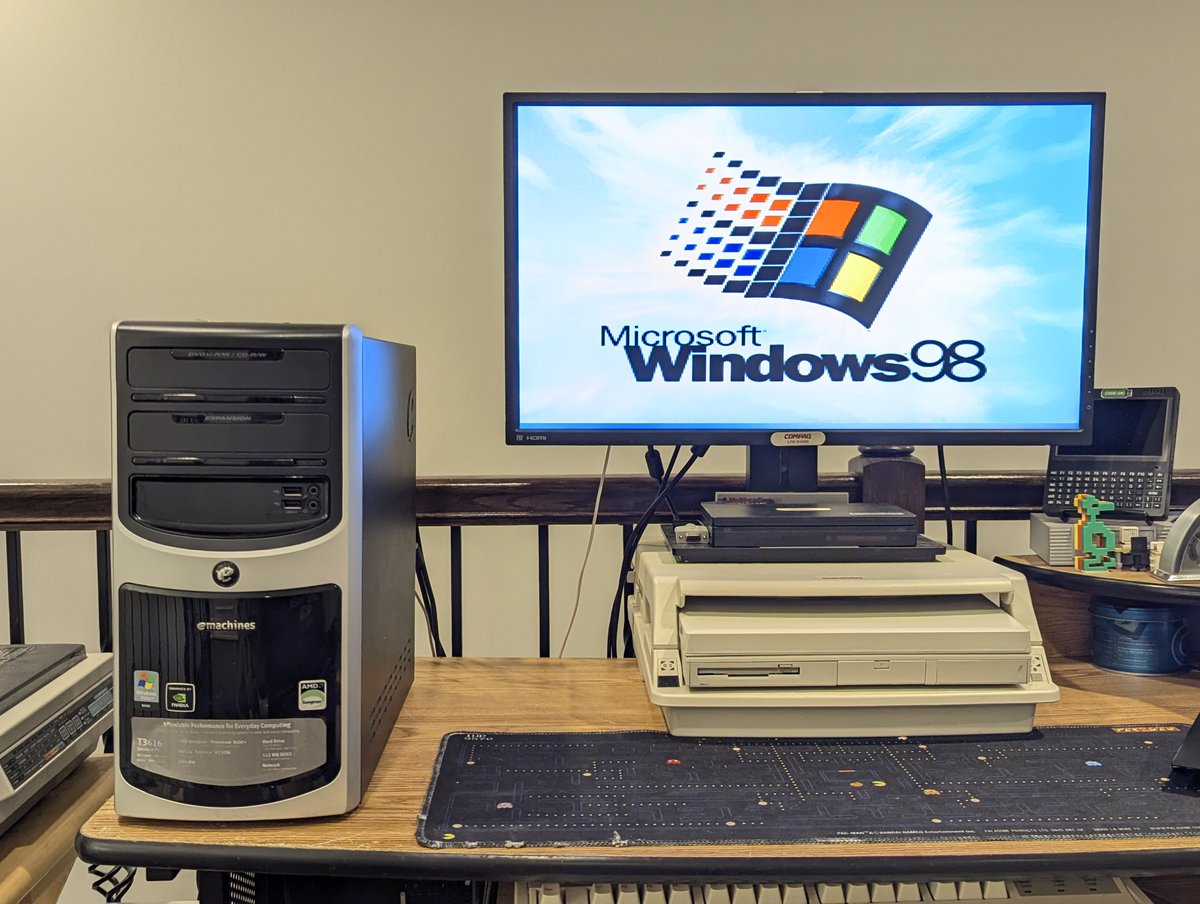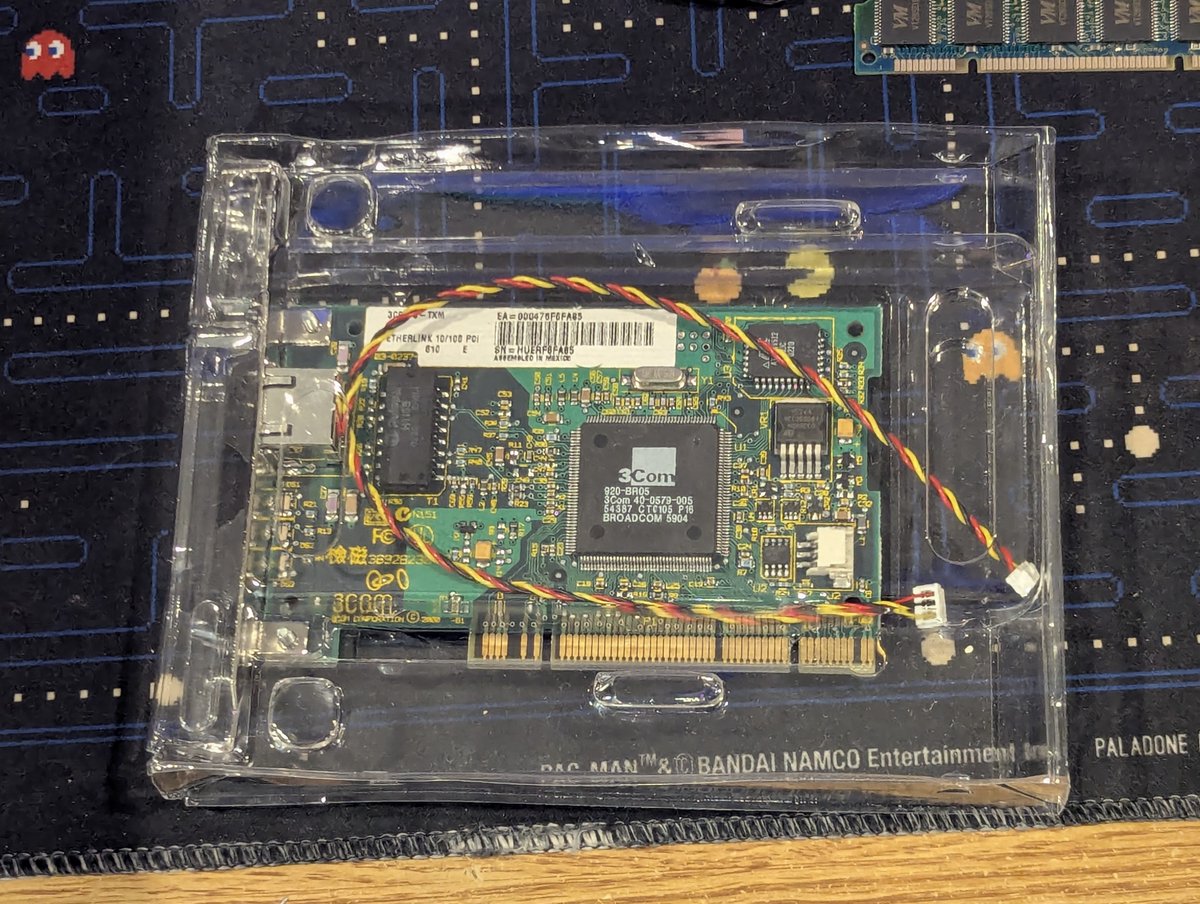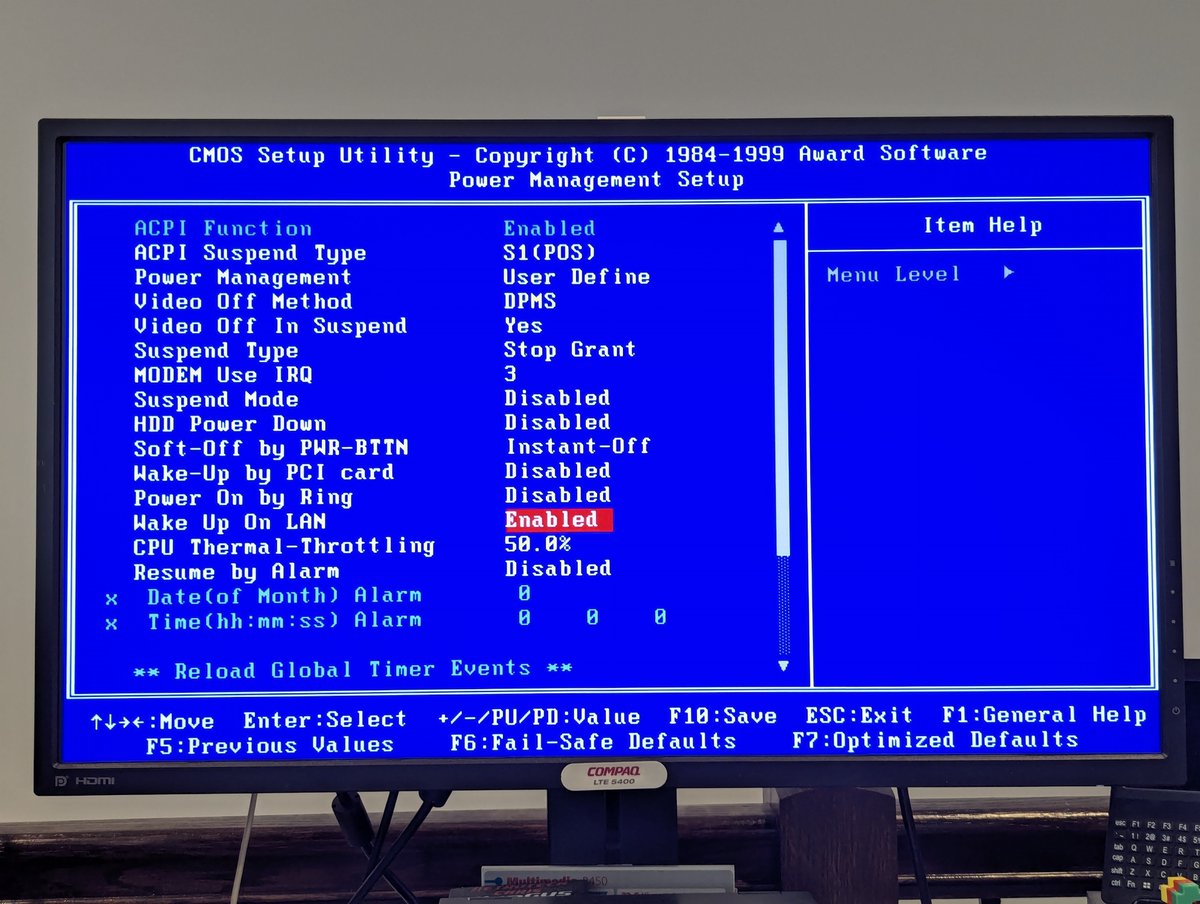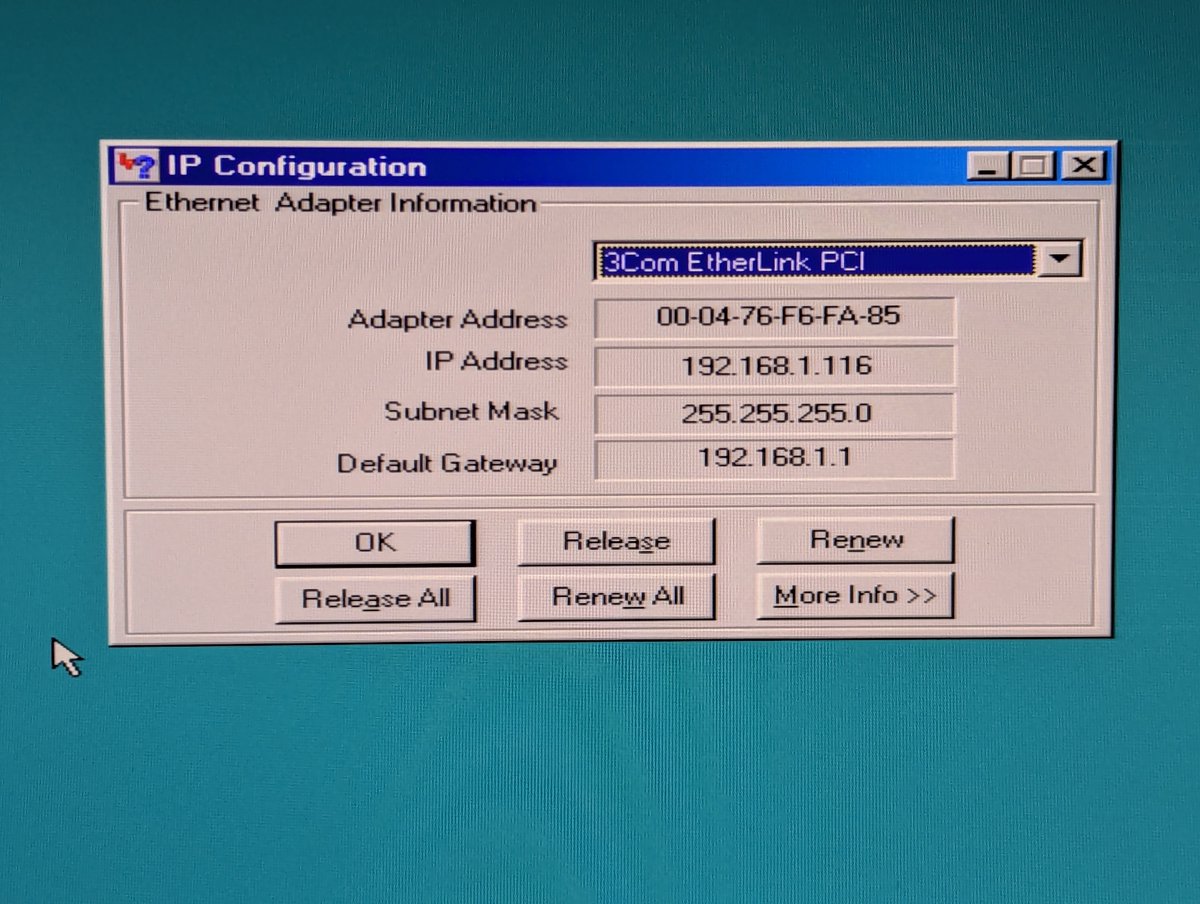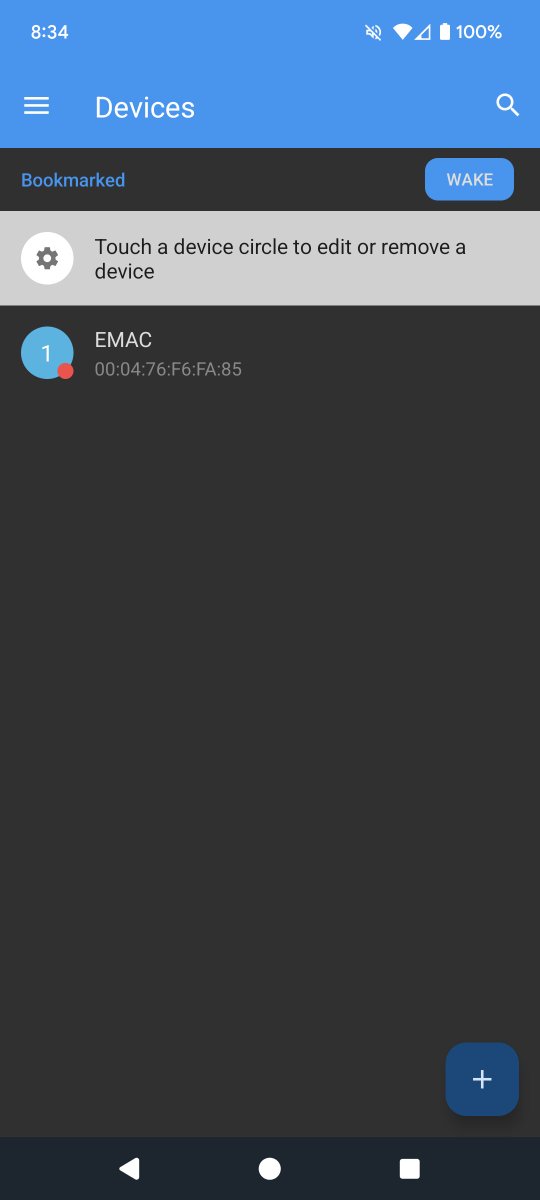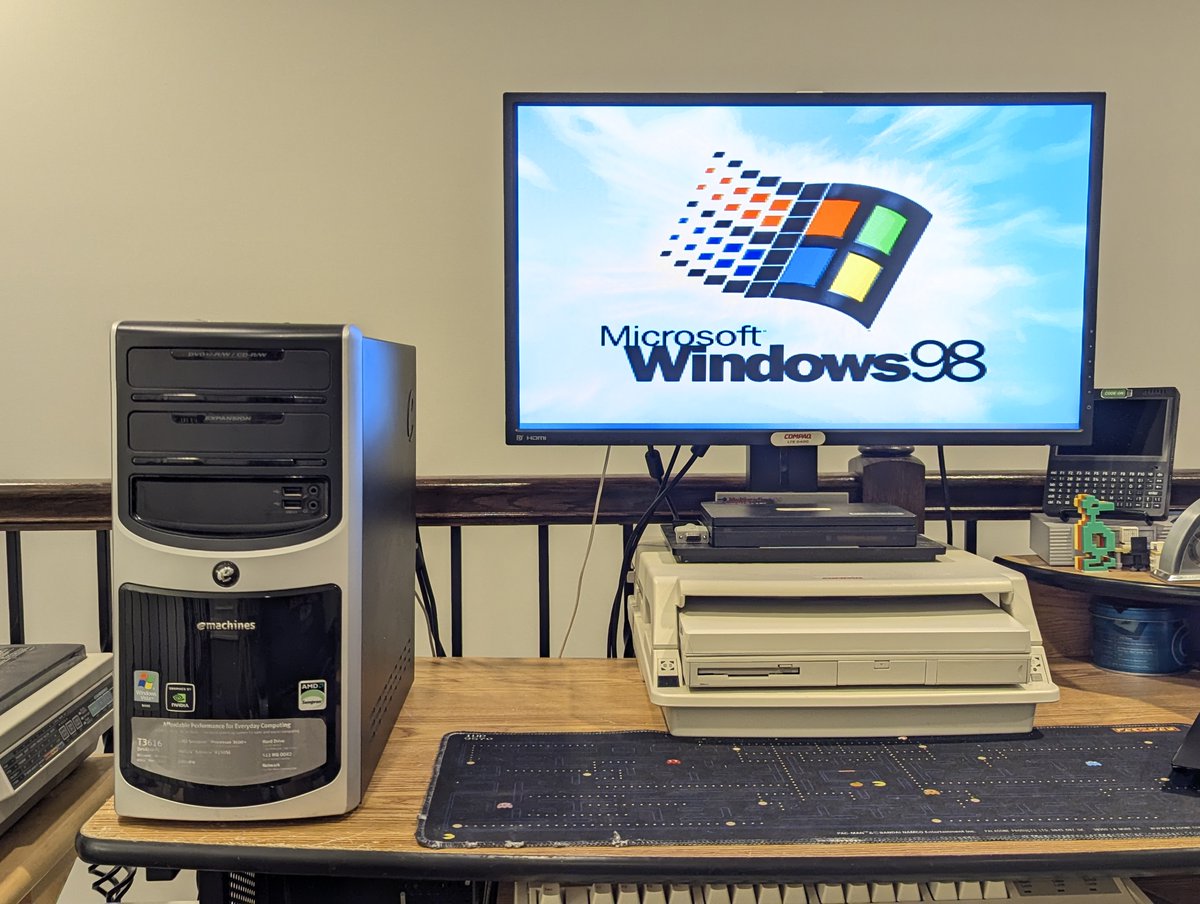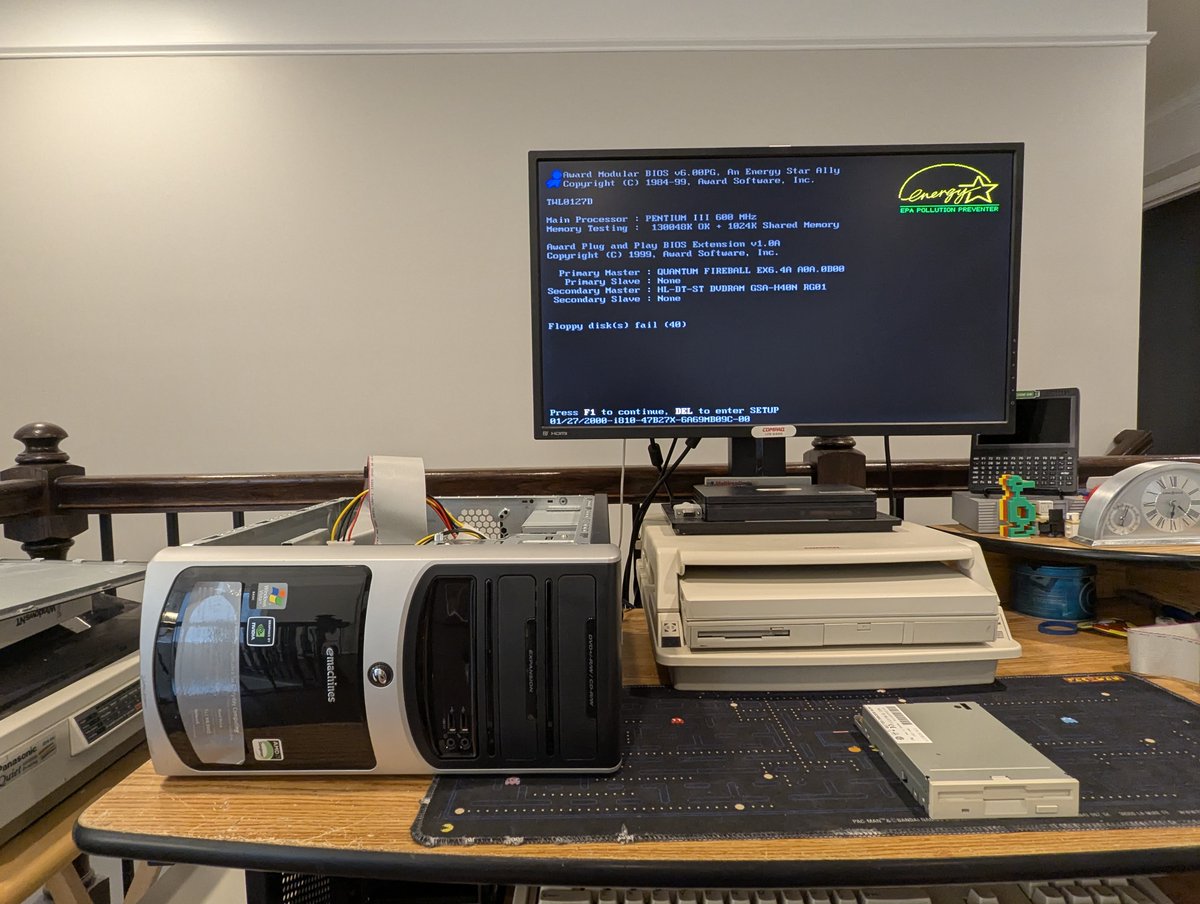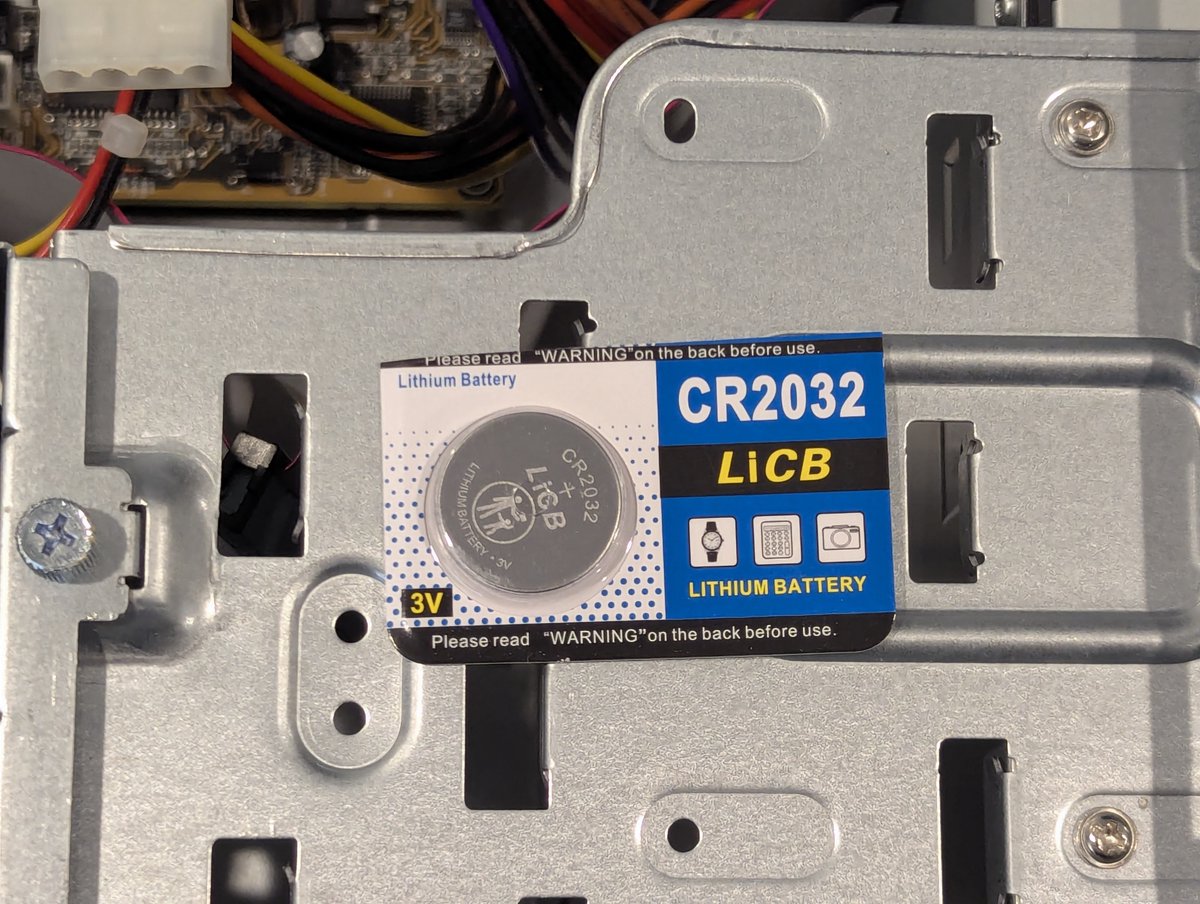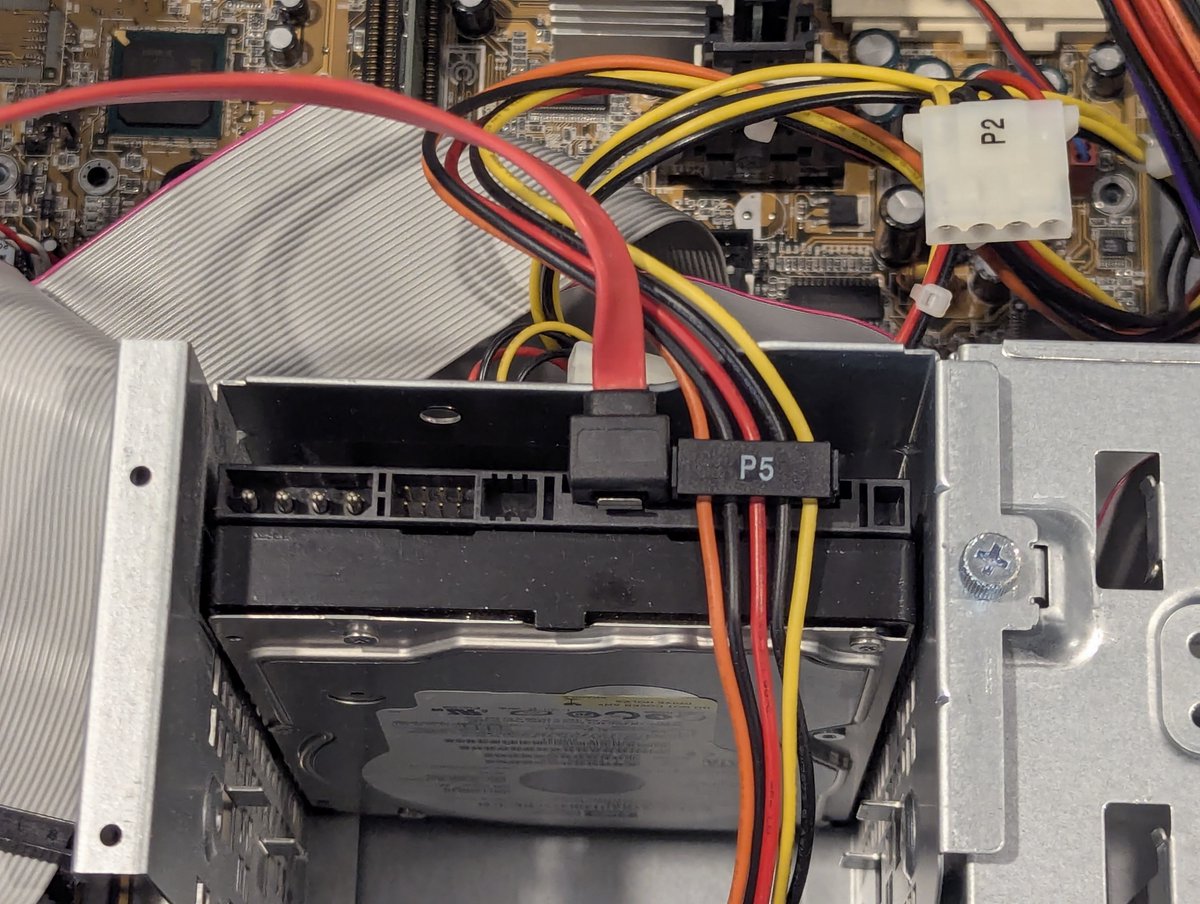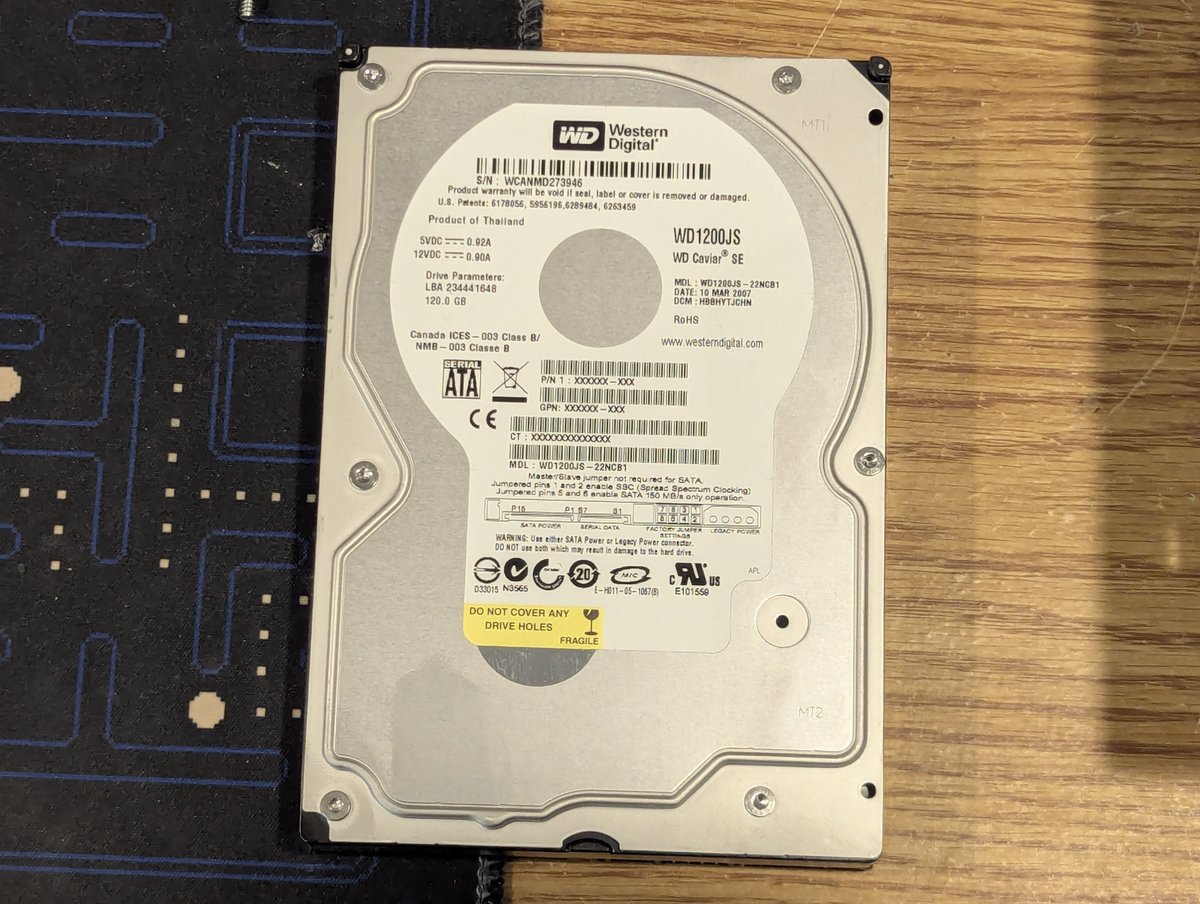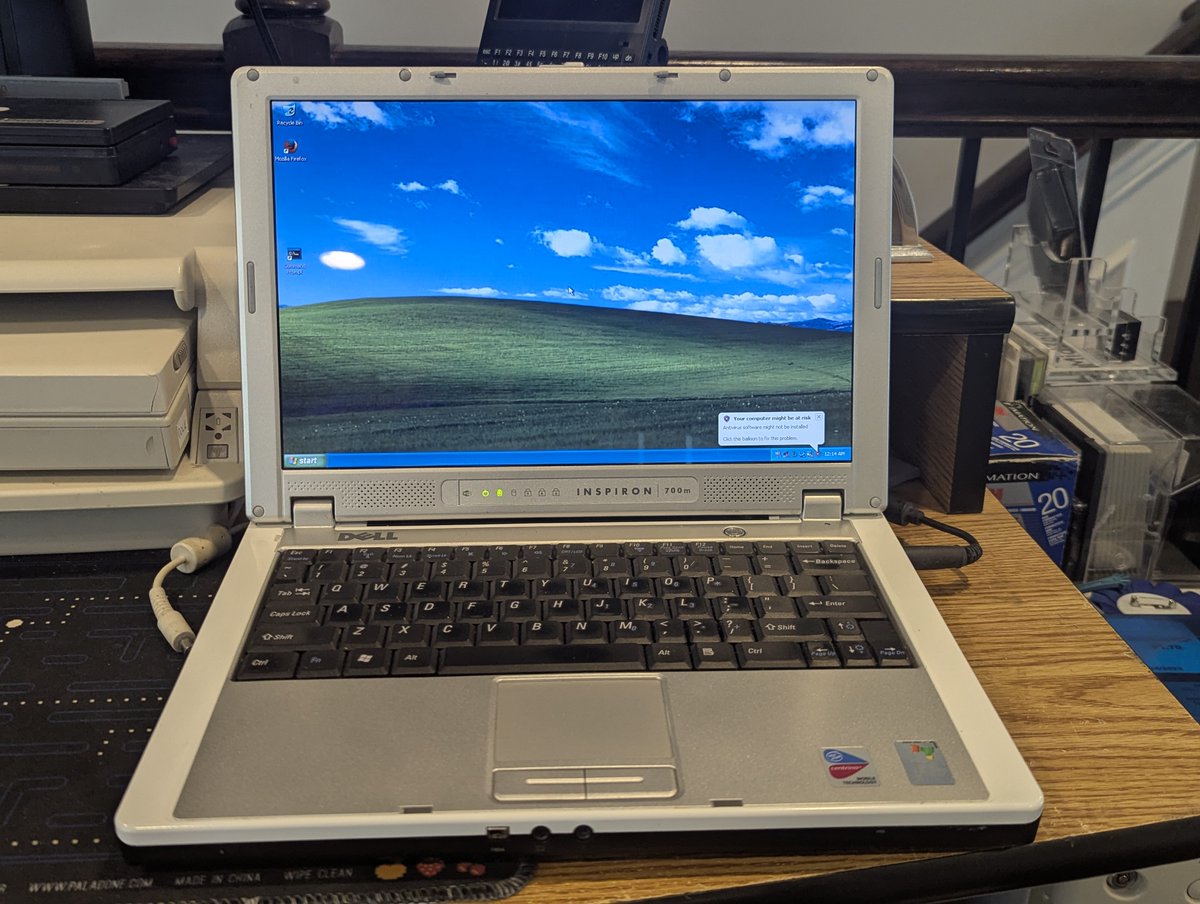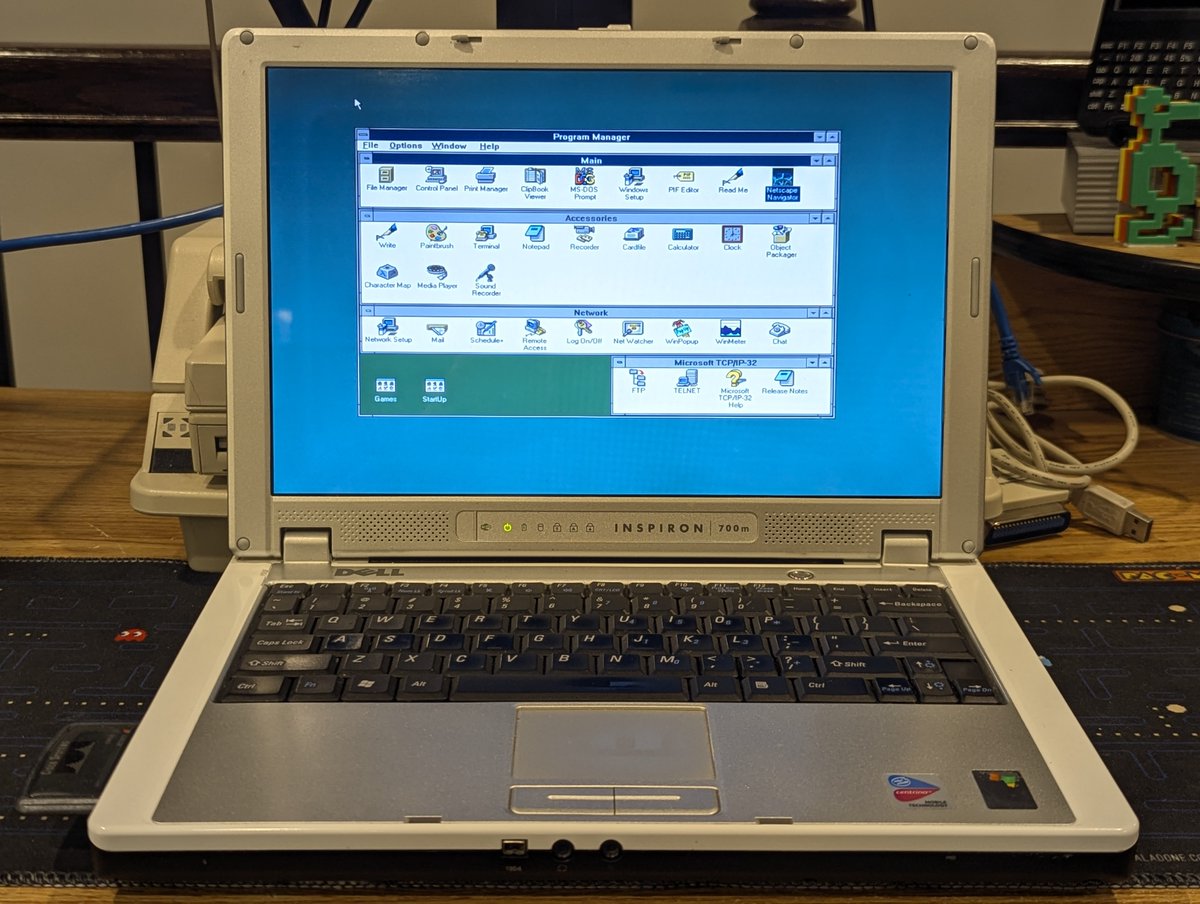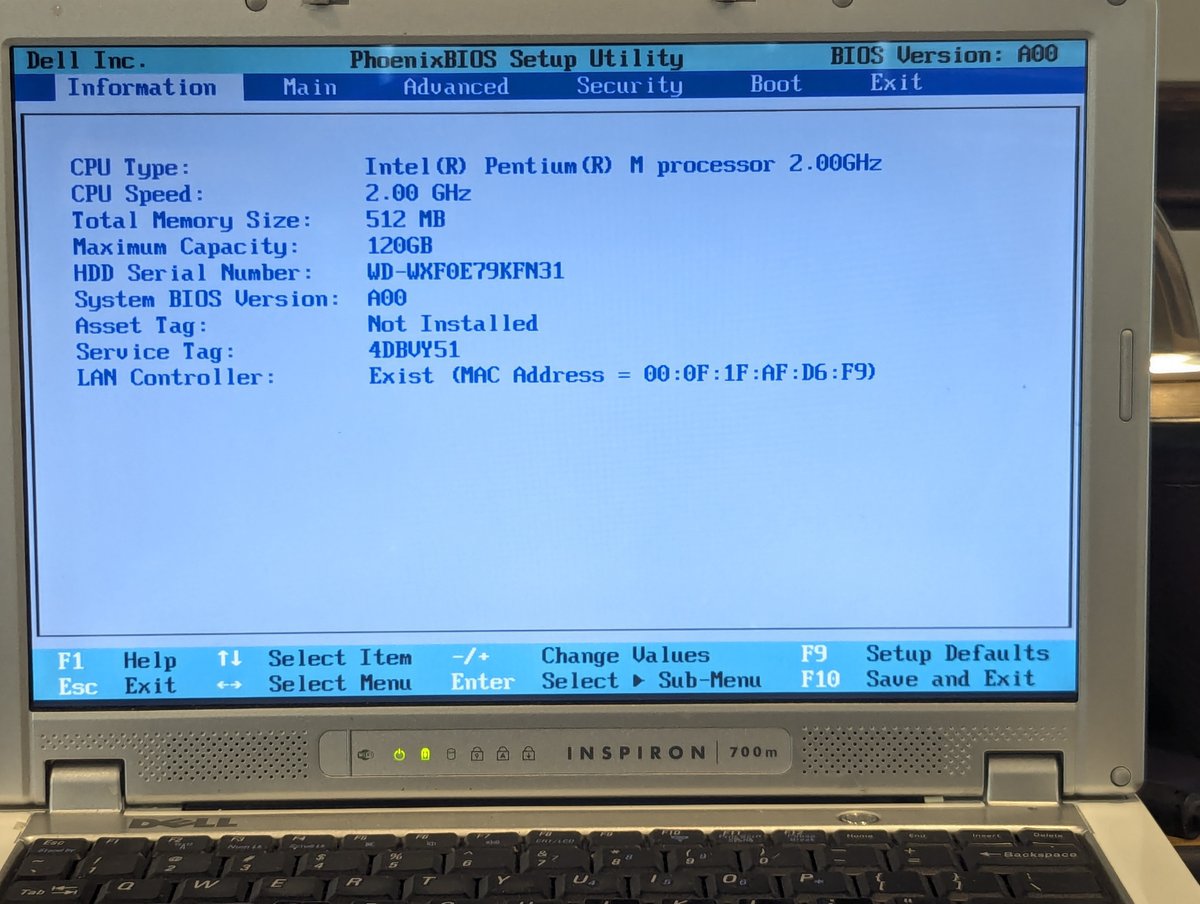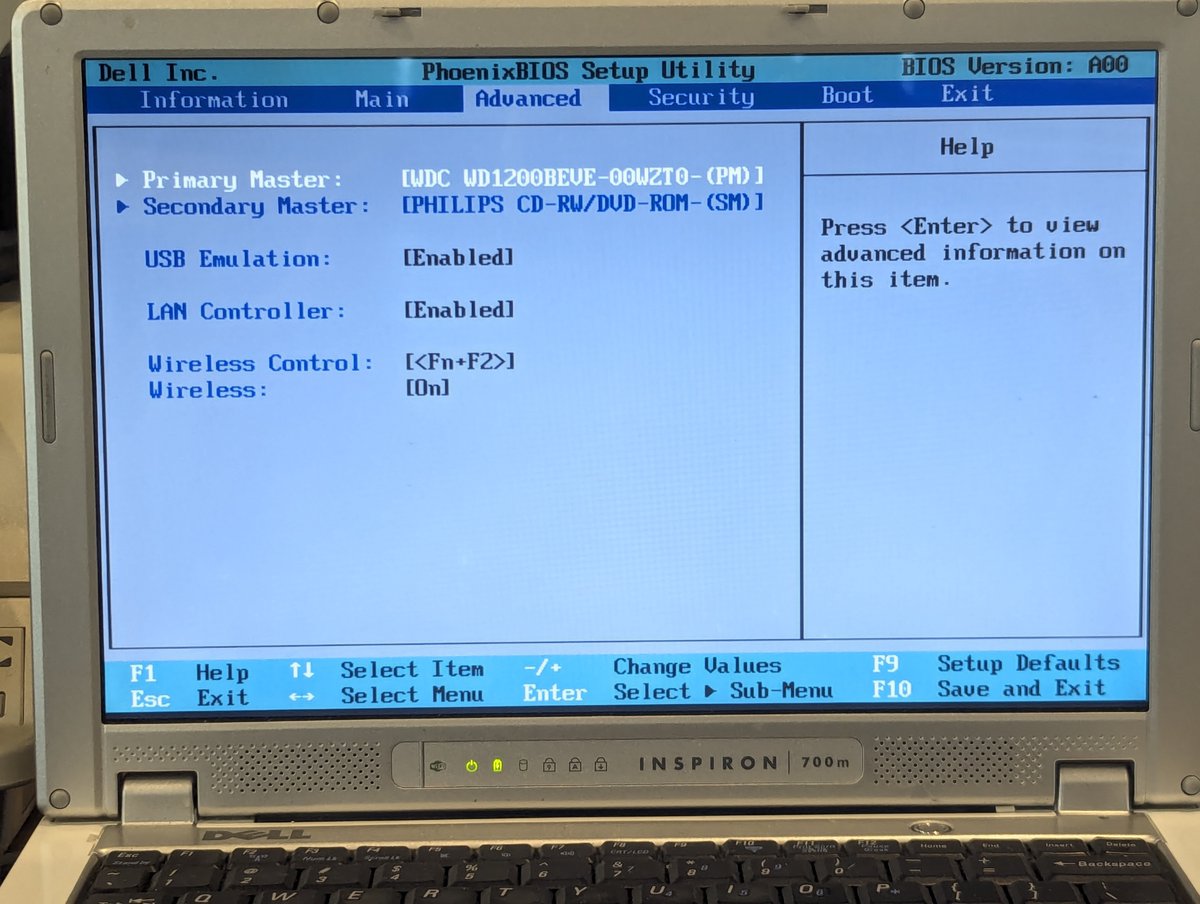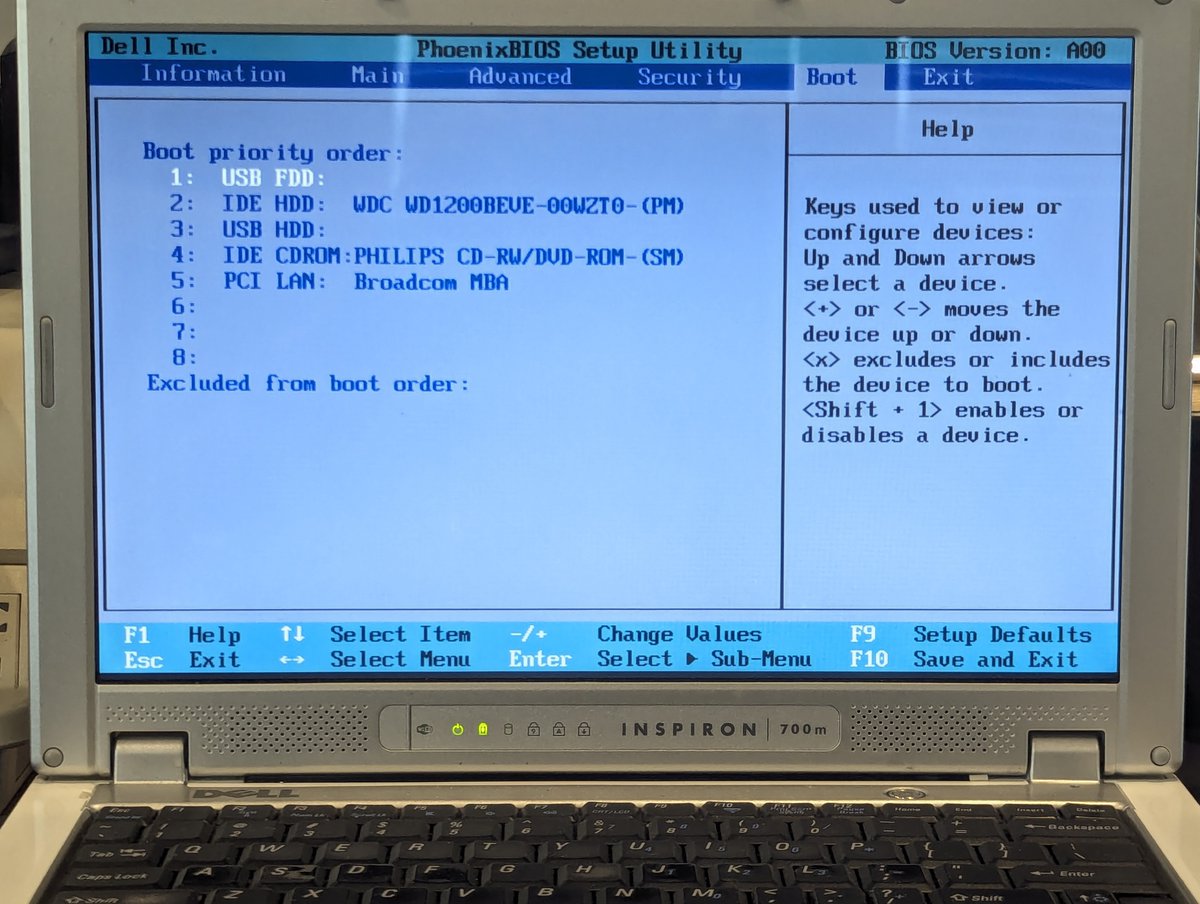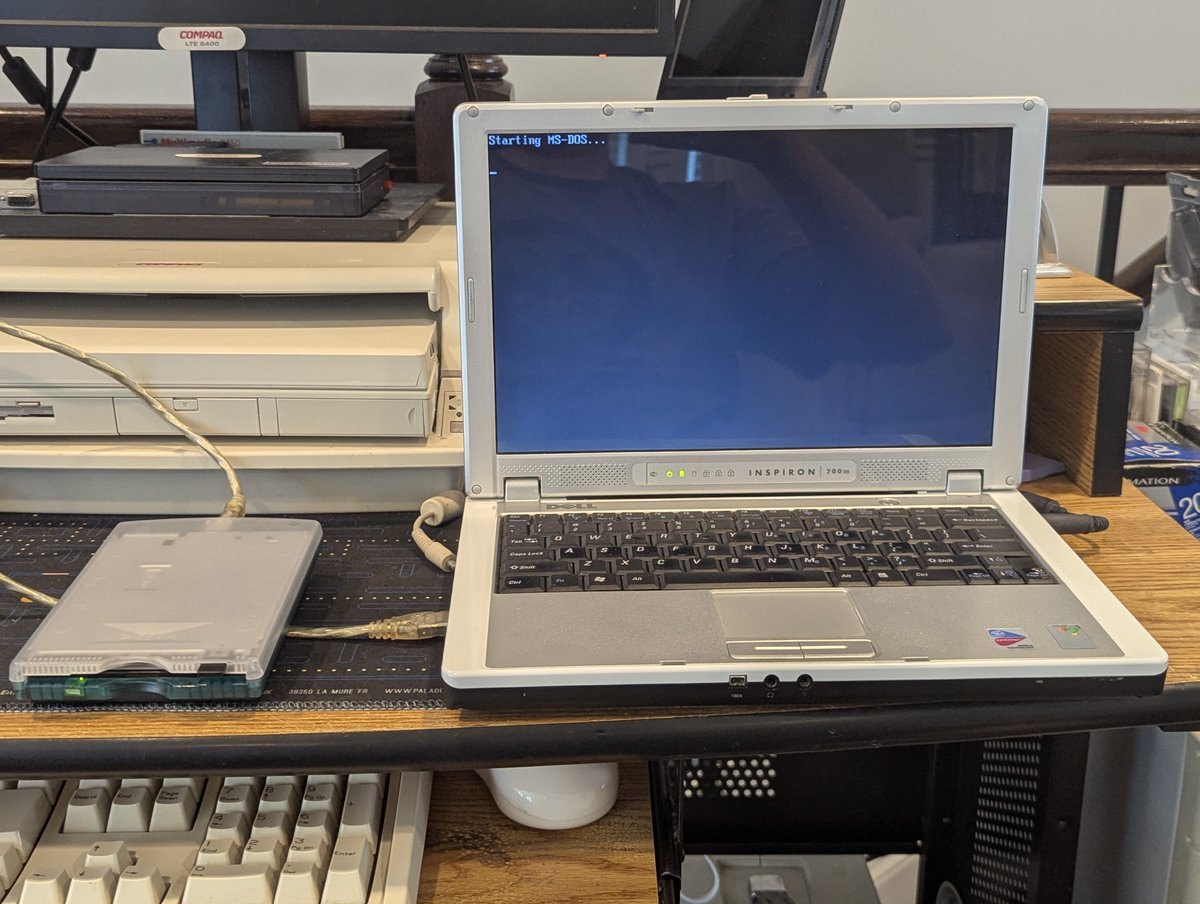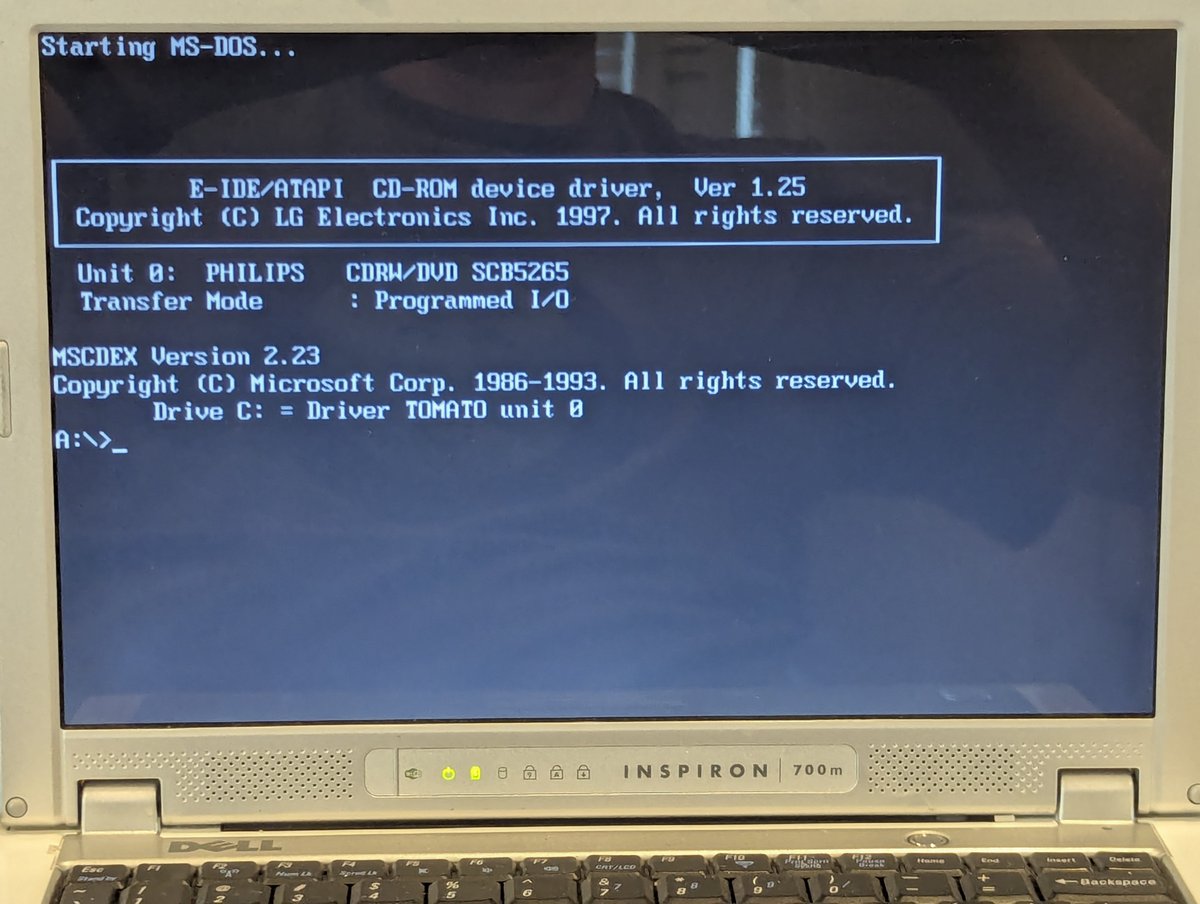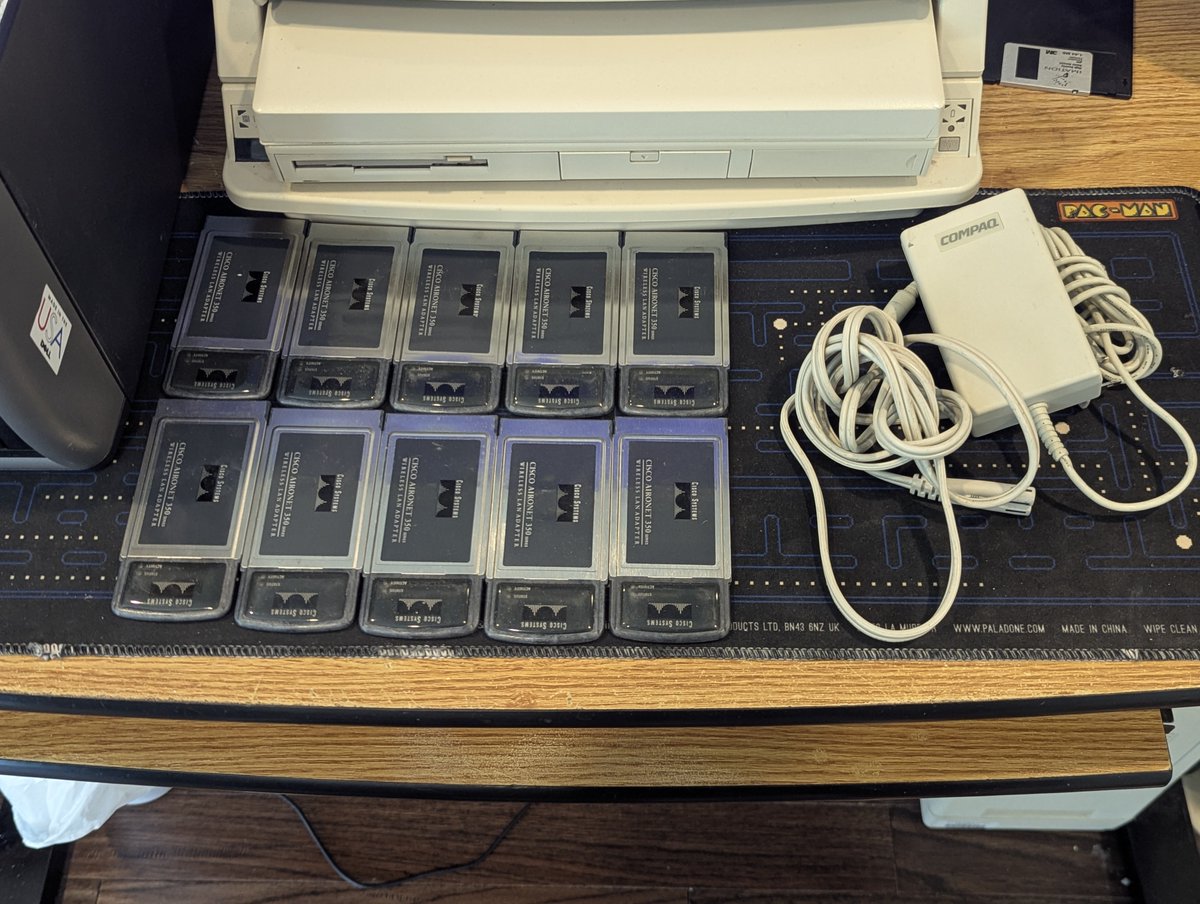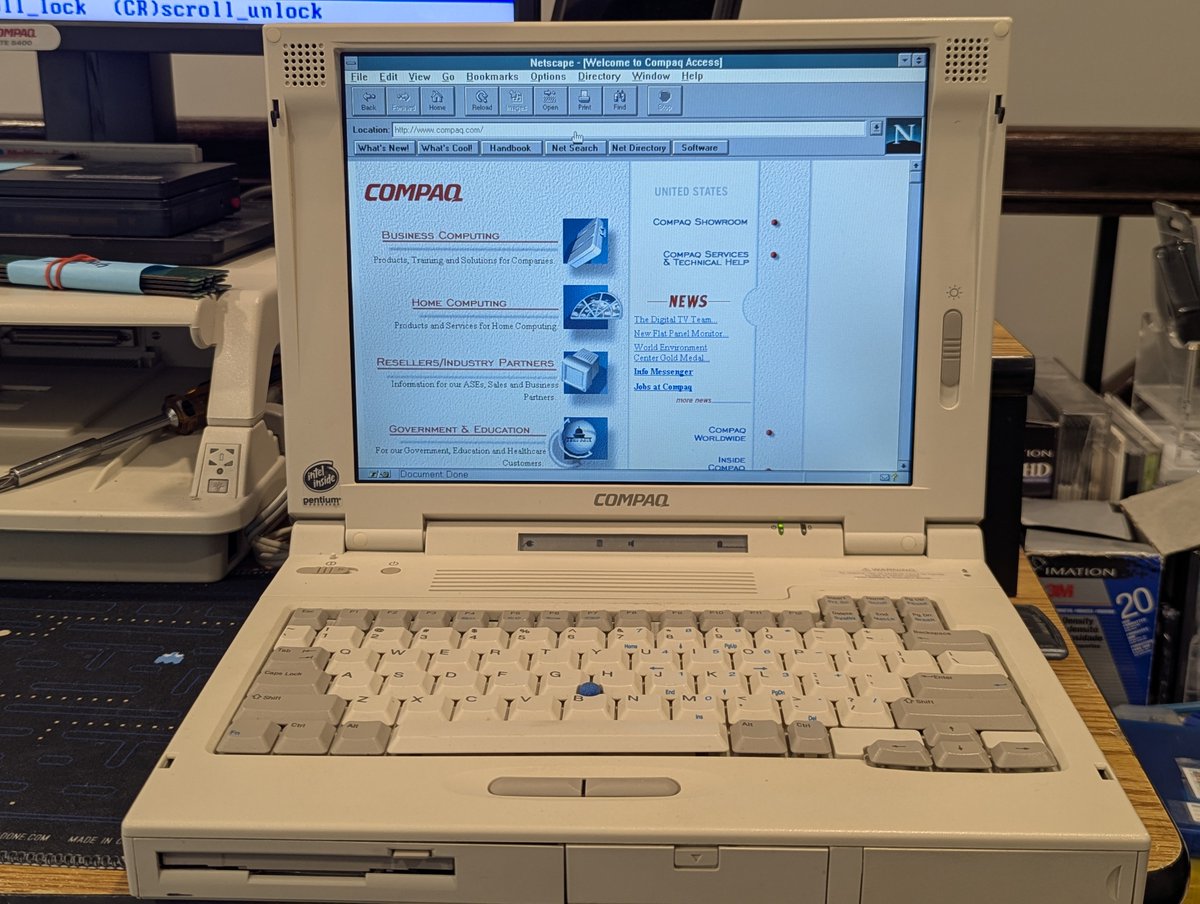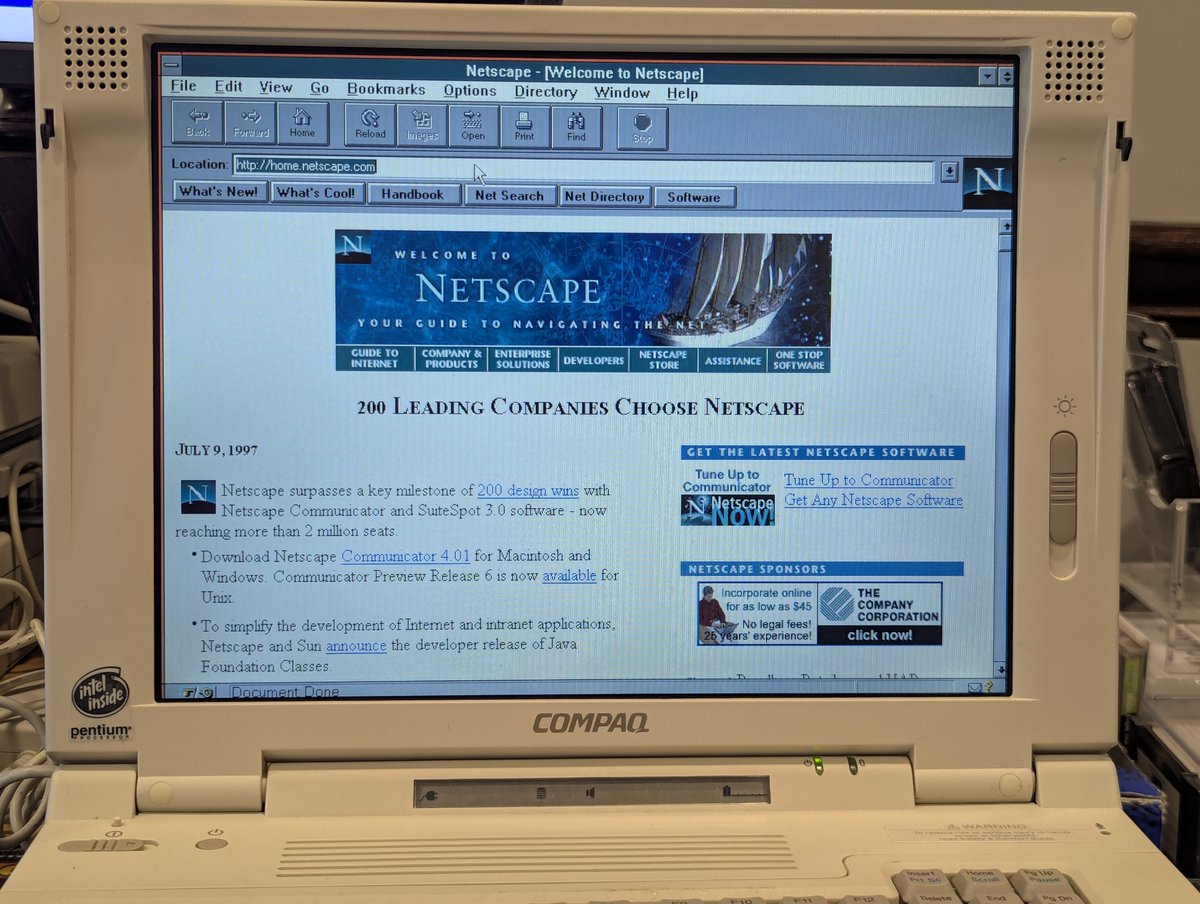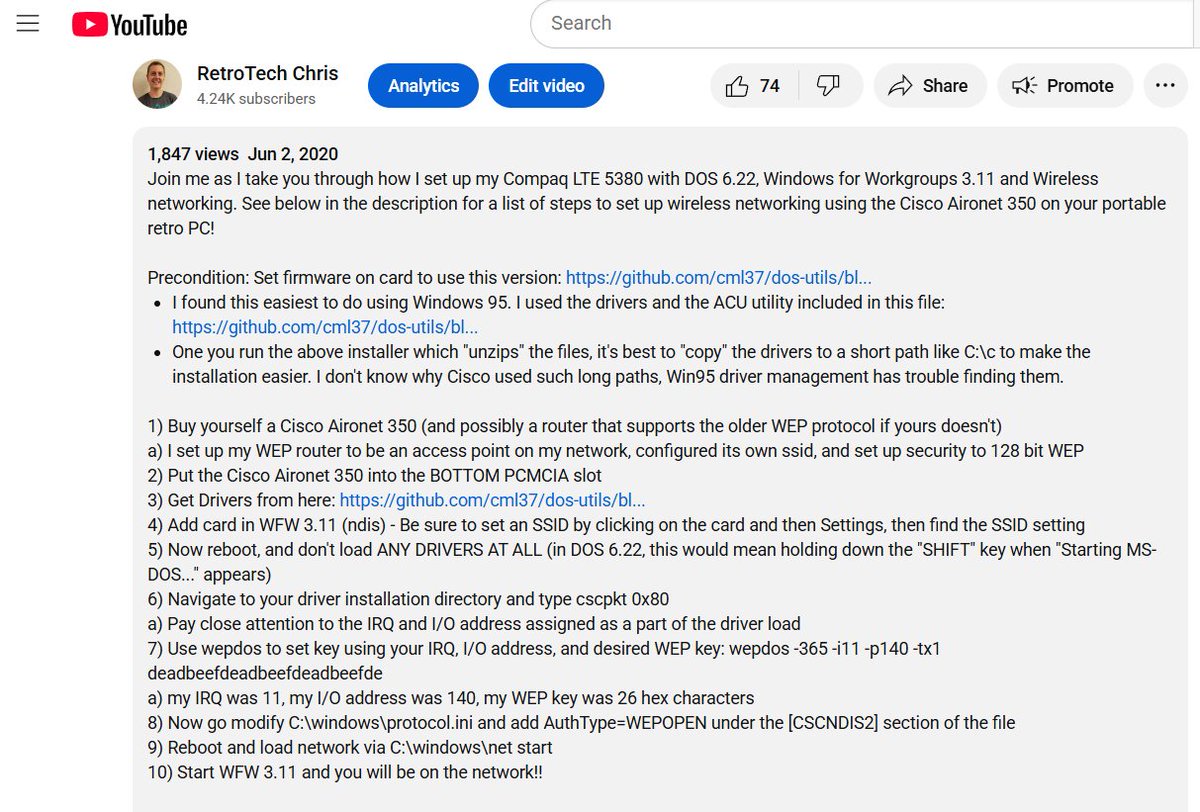Okay, let's get some software installed on this "new" 486DX/50 PC of mine. As per usual, nothing was flawless here, so let's go over what went well and where I hit some snags! Time for a 🧵 
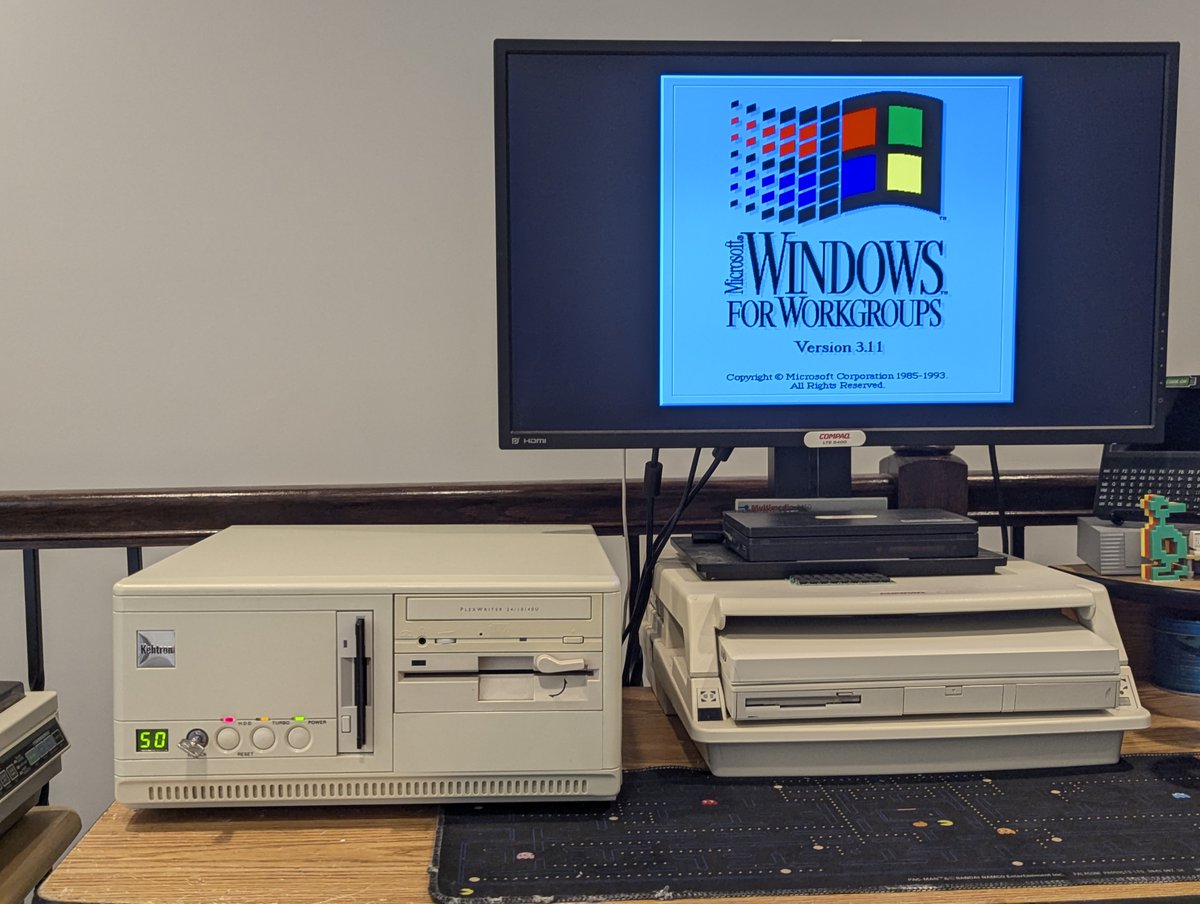
To get the installers on the box, I decided to use MS LAN Manager and the network. I made a special LAN Manager boot disk with drivers for the Intel EtherExpress 16TP that you see in the bottom of the last picture here. 





I've been very curious about how this machine would stack up, so I copied over SpeedSys to benchmark the system. And as we can see, it fell right in line with where it should be! 

Next, I installed Windows for Workgroups 3.11. The network card actually got auto detected, which is nice! I did have the option to choose the transceiver type for this card, so I did! 



After getting WFW3.11 installed, I decided to set up video card drivers for the Tseng Labs ET4000AX card. I set the resolution to 1024x768x256 colors. Oh, man, this didn't go well. I think this card only supports 1024x768 with 16 colors to use a non-interlaced mode. 





I thought I would try another resolution, so I went with 800x600 with 32K colors. It failed too. I bumped it down to 256 colors and started up, and good, we are all ... HEY, WAIT A MINUTE! Where are my fonts?? 😂😂 

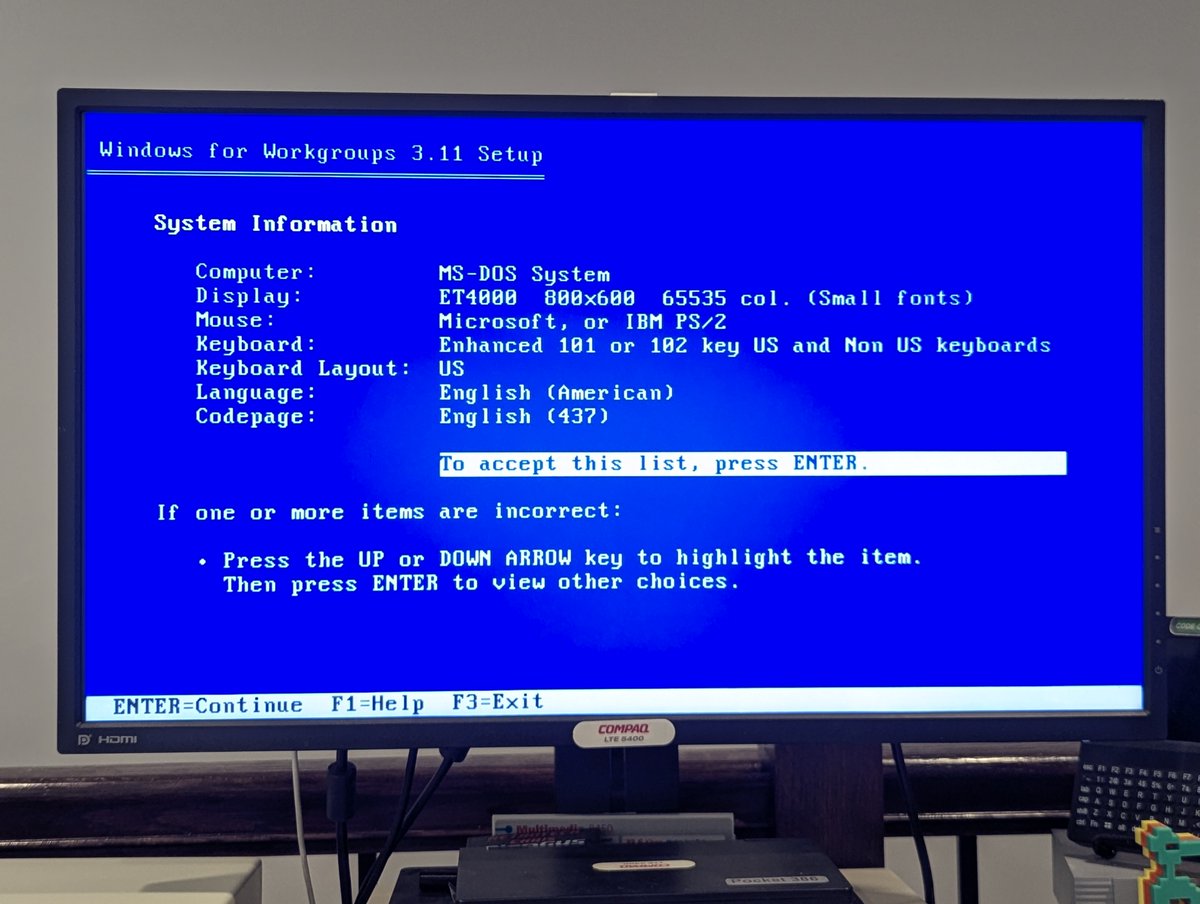
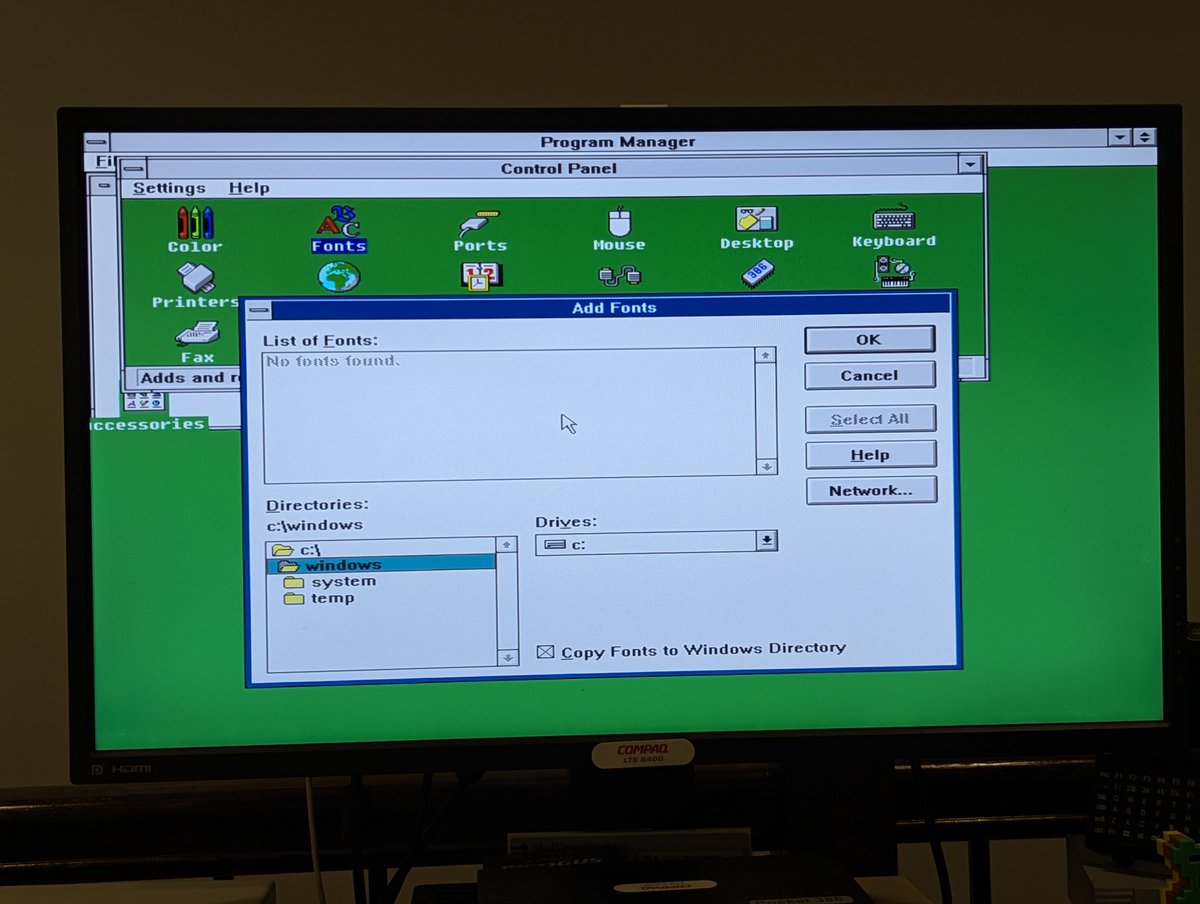
Right, so those video card drivers were from 1992. I swapped them out for some drivers from 1994, and got 800x600x256 colors working. Yes, I did reinstall WFW3.11 to get to this point. Ah, the fun of this stuff 😂 



Let's get the sound drivers installed. I decided to install a Labworks LABSOUND #503 card (see first picture, top card). Great! Let's go ahead and run the Win3.1x installer and.. ugh, here we go again 😂 







So, per usual, I did some Internet sleuthing, and found a page that was a mirror for an old version of the ESS Technology website. I downloaded the drivers and had the same problem. But I found that if I ran the installer TWICE, the card would get detected. Sheesh! 


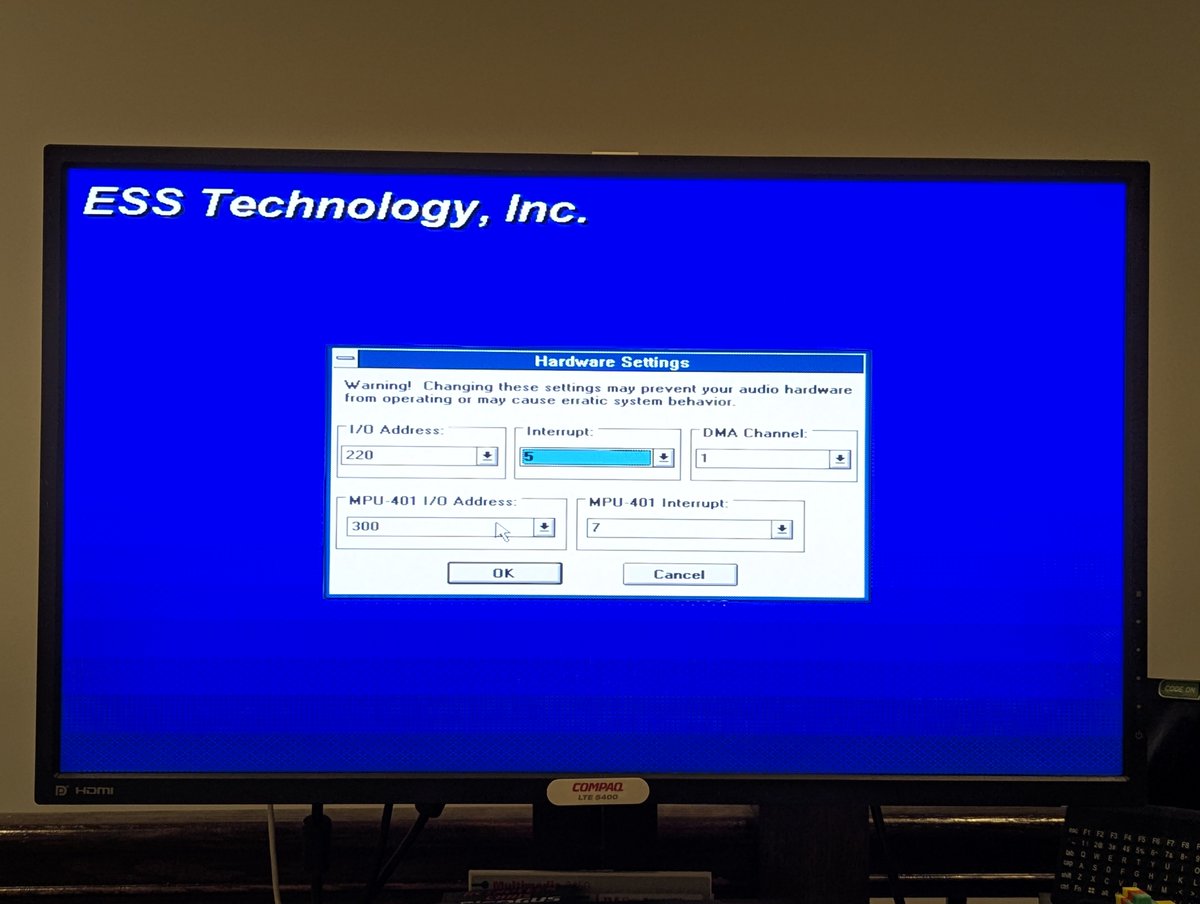
With video and sound configured, let's play a little bit of Chip's Challenge to show it off! Apologies for the loud keyboard key presses!
Alright, let's get this thing online! With Netscape Navigator and ProtoWeb, we can browse the Netscape homepage like it's 1997. And this machine is nice and zippy doing that too! 



You still here? Good! Well, this is the end of the thread. I'll leave you with a view of my Windows for Workgroups 3.11 Program Manager. Perhaps we'll get into some DOS fun on this system later, but hey, we now have a usable system! Thx for following!
@threadreaderapp unroll
@threadreaderapp unroll

• • •
Missing some Tweet in this thread? You can try to
force a refresh



